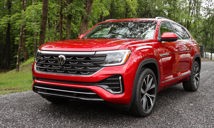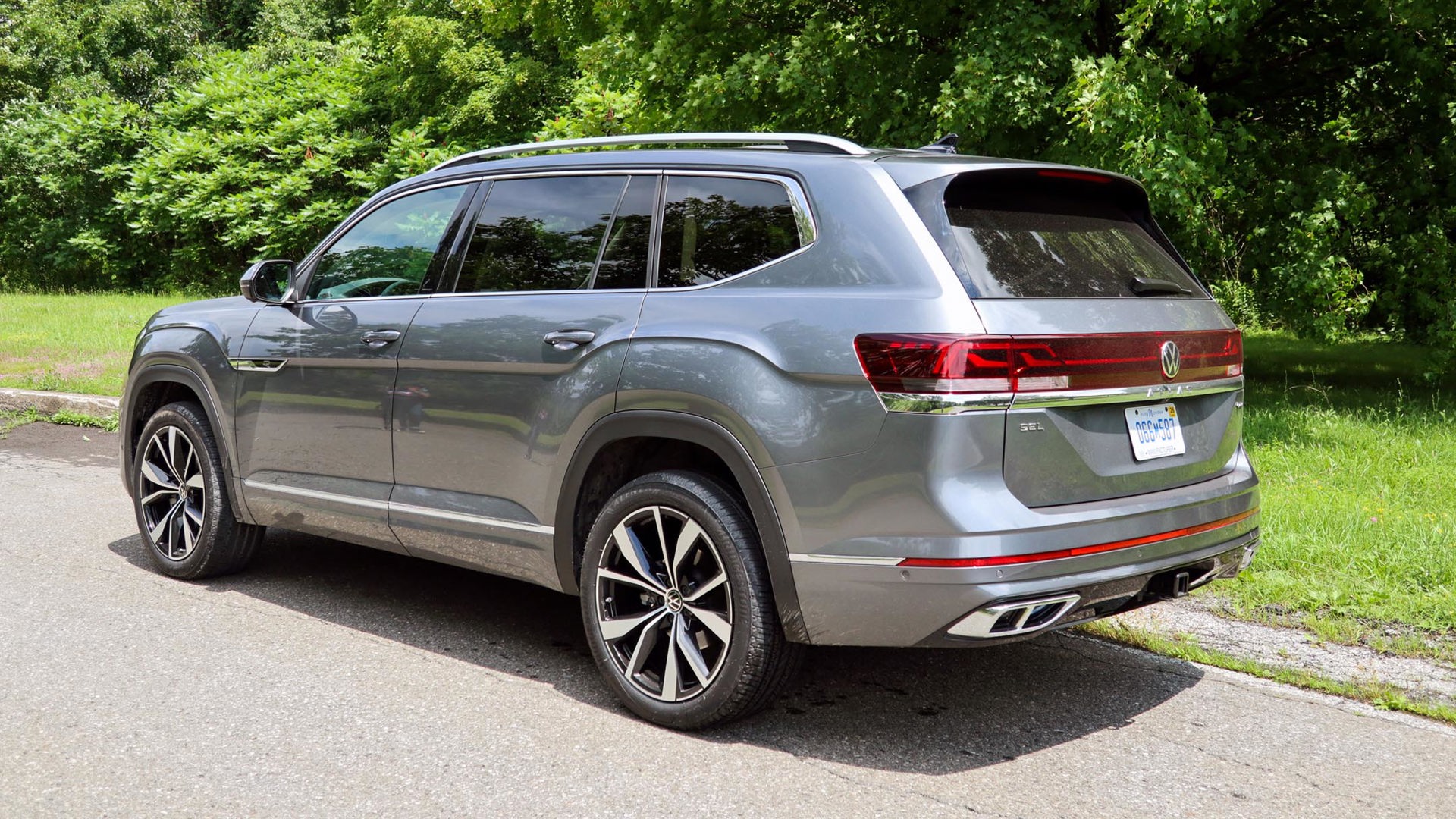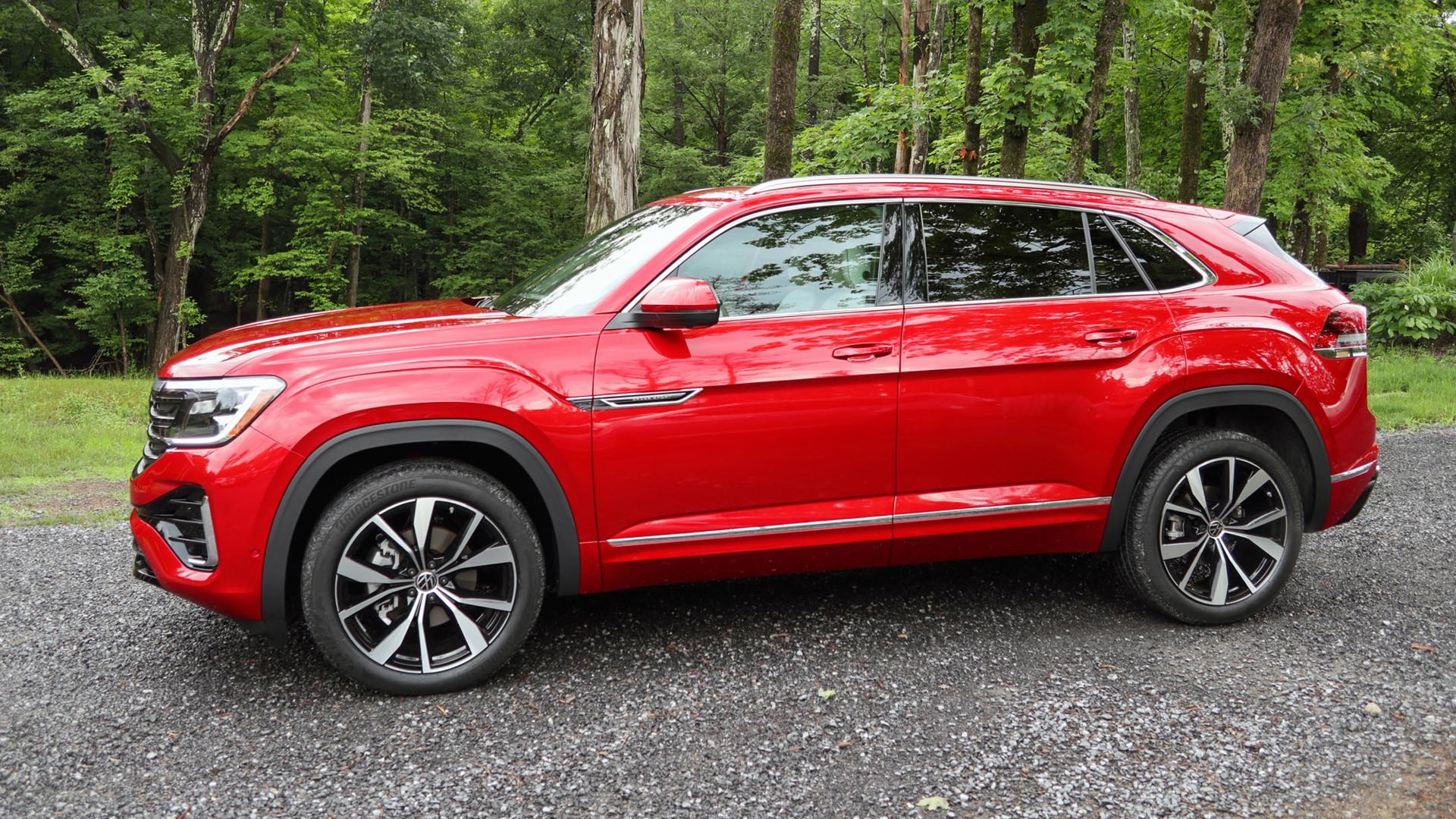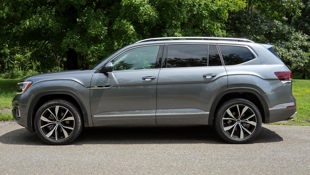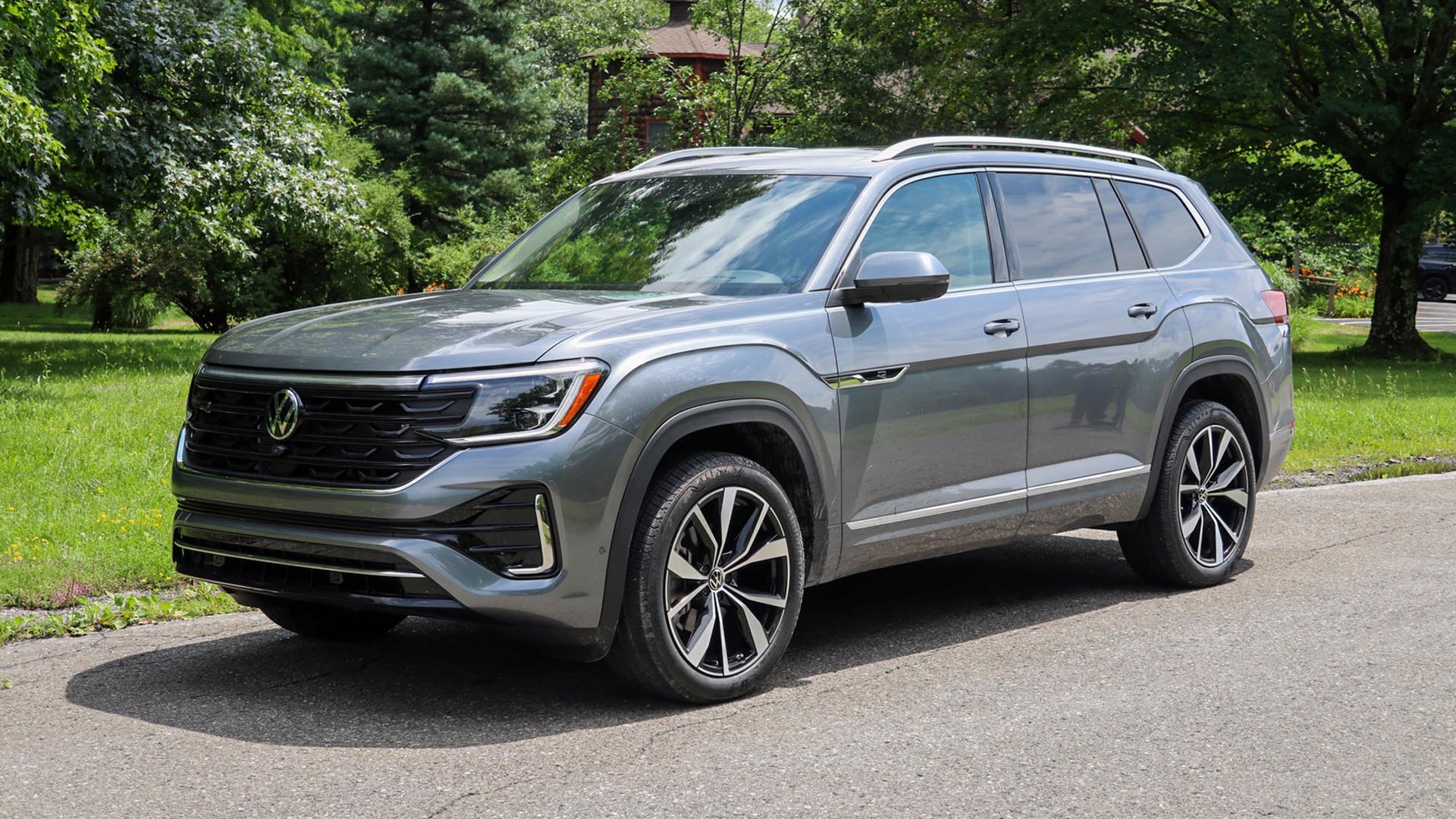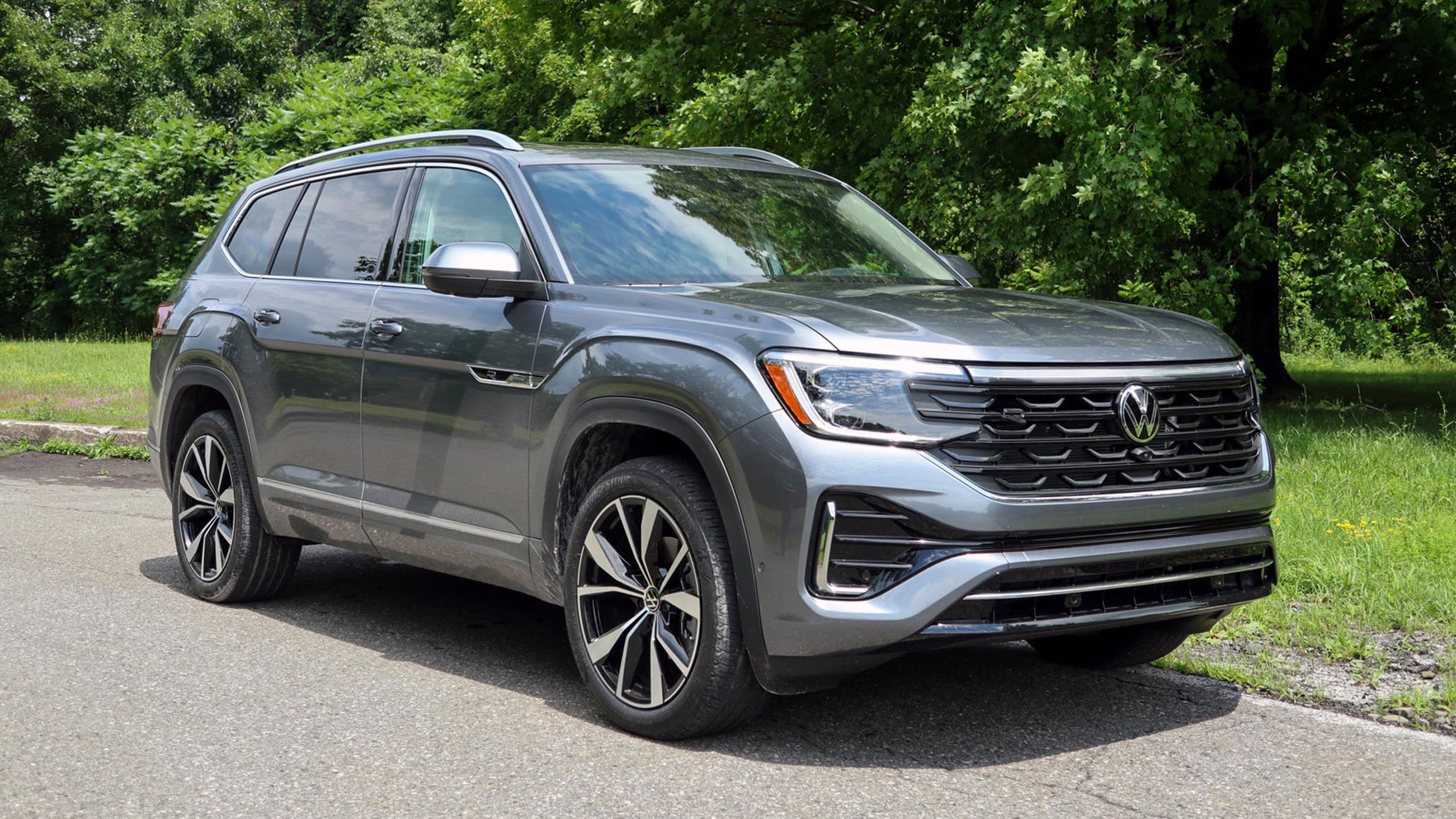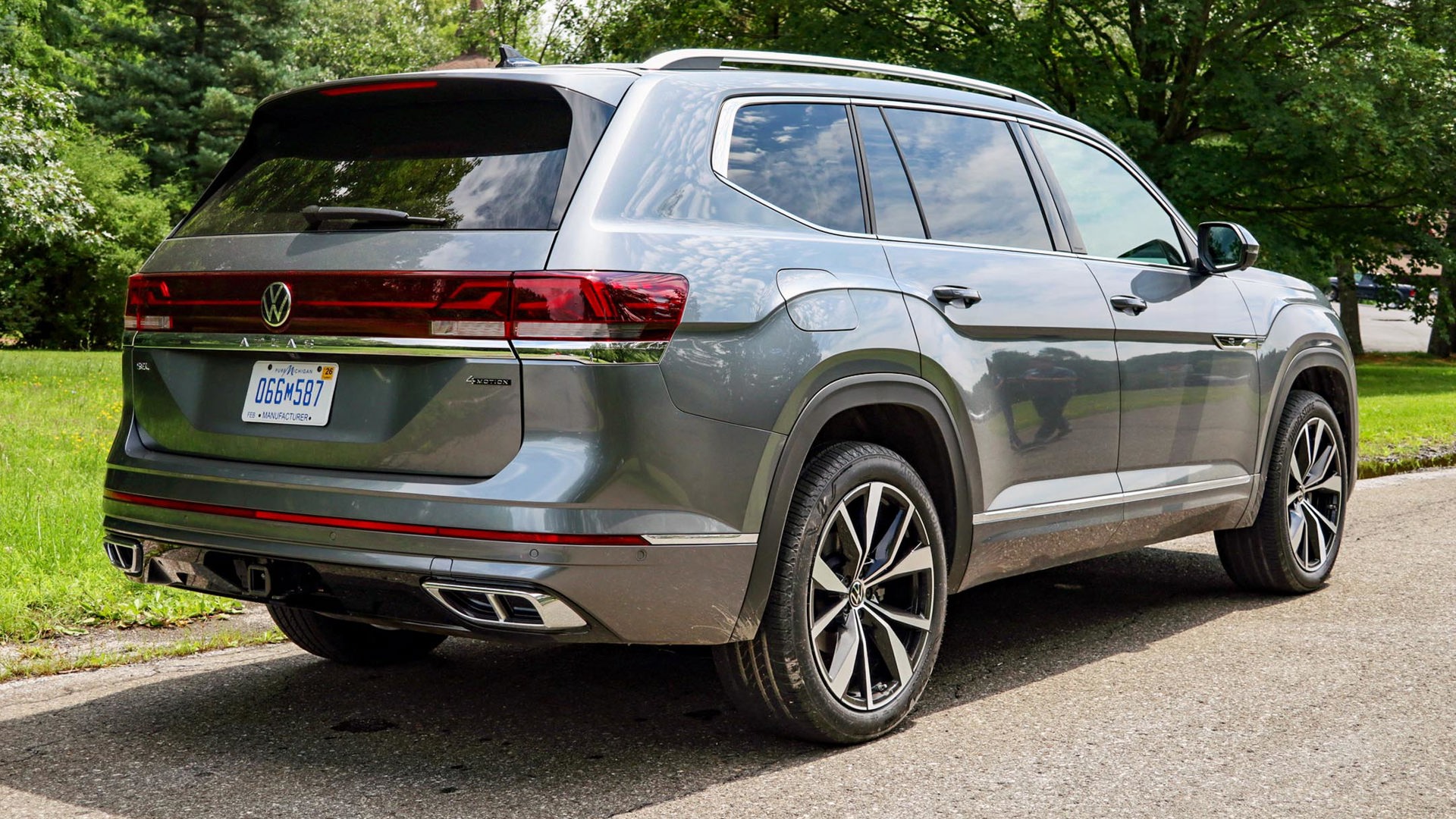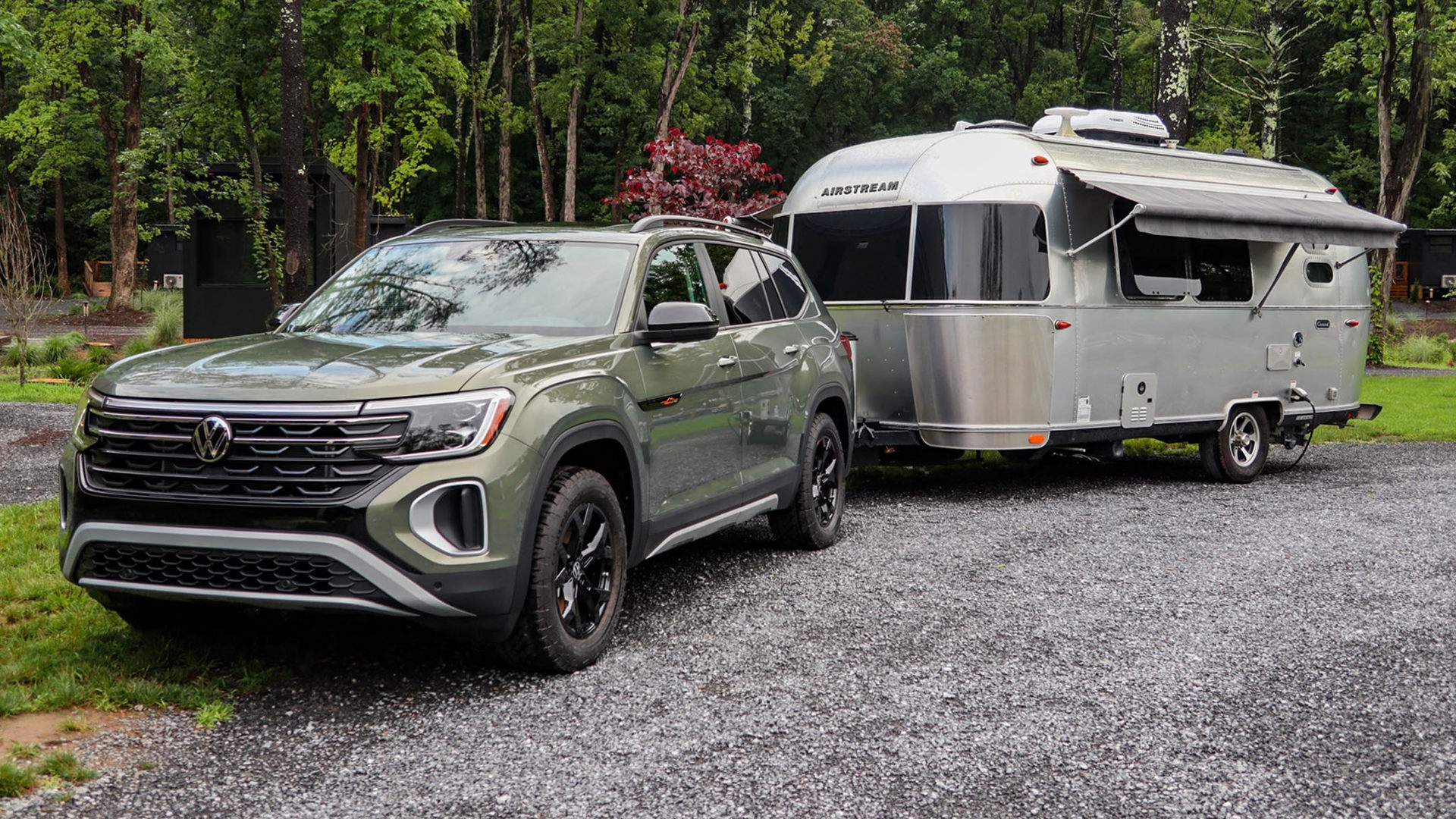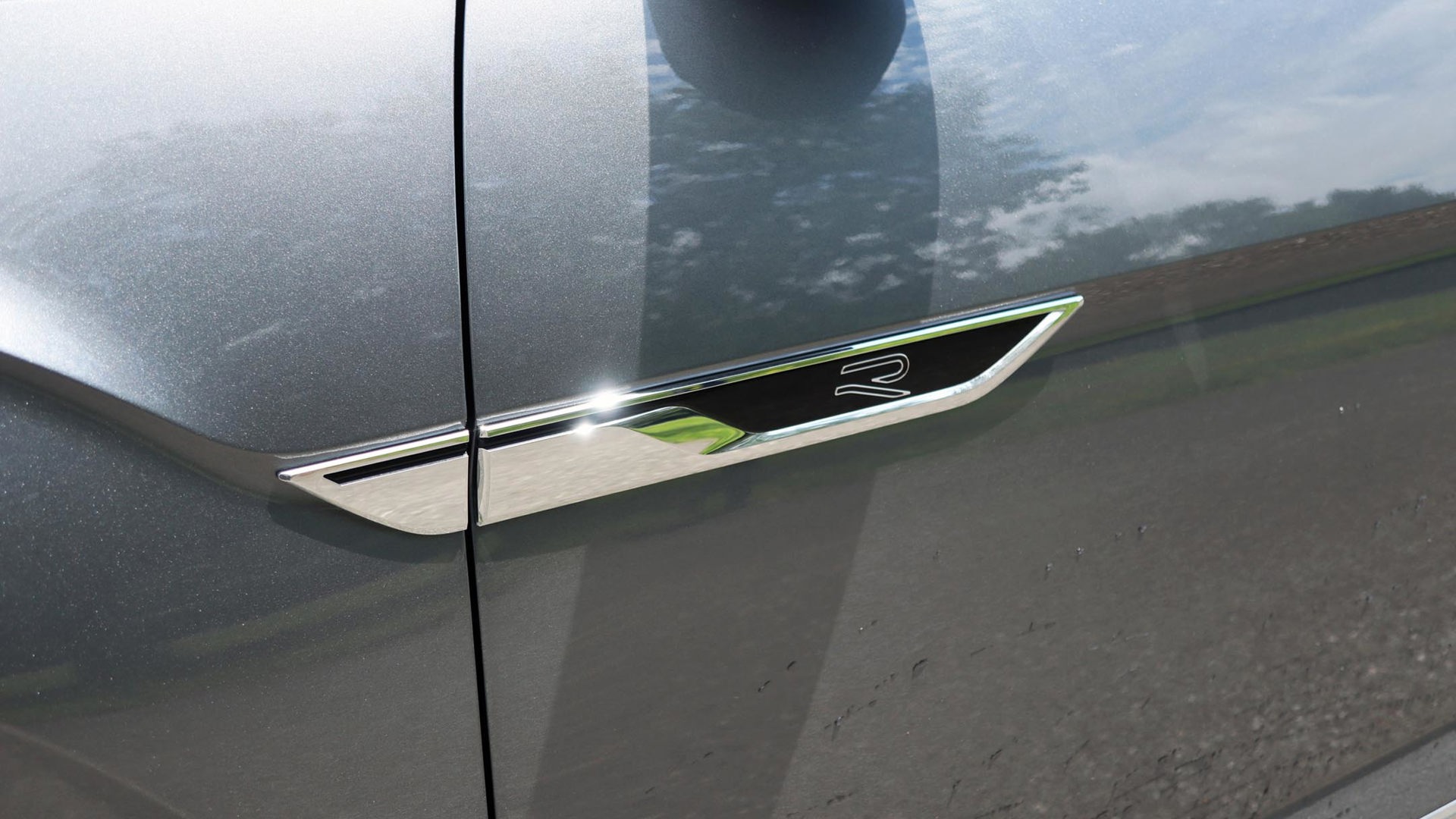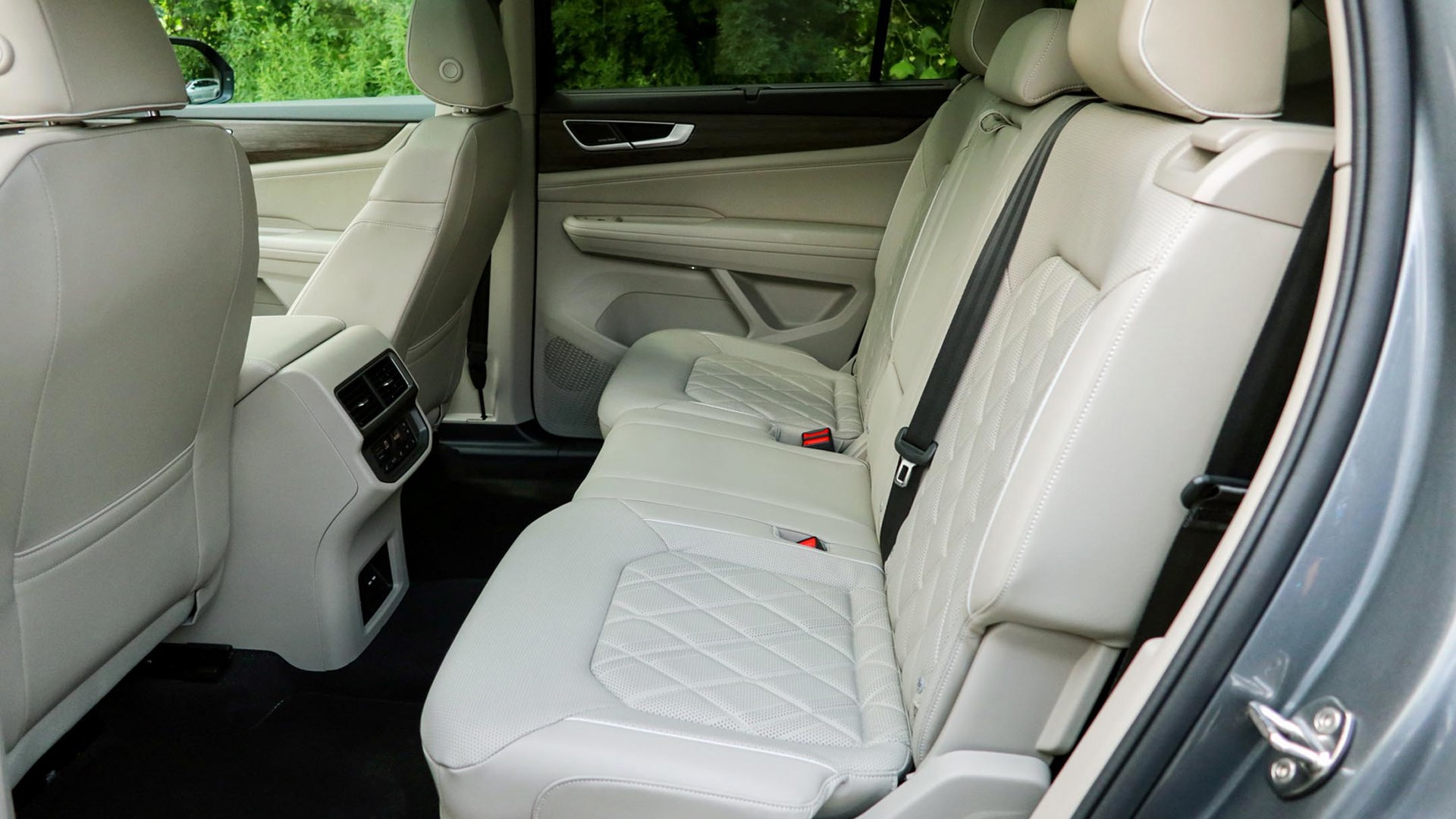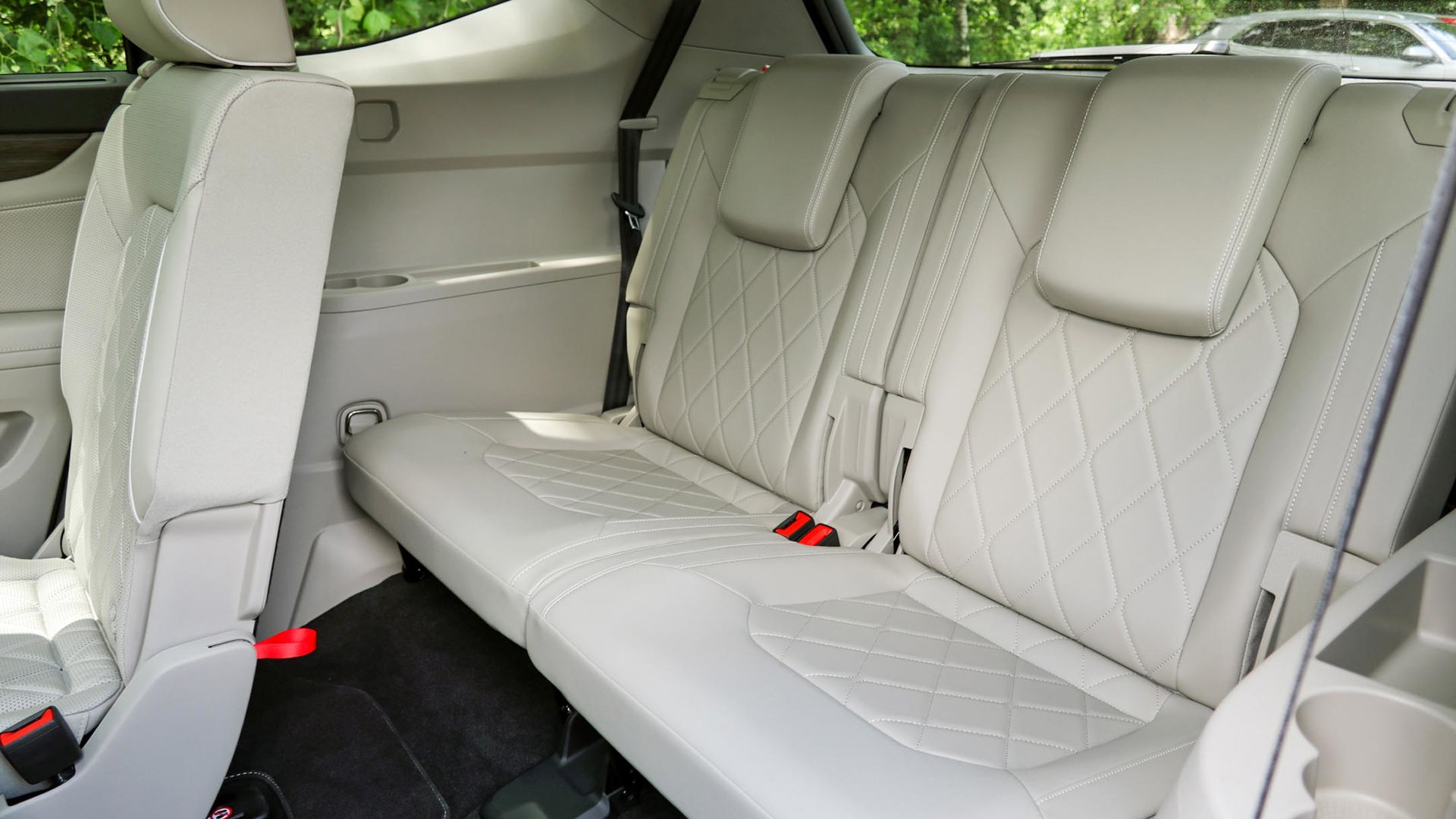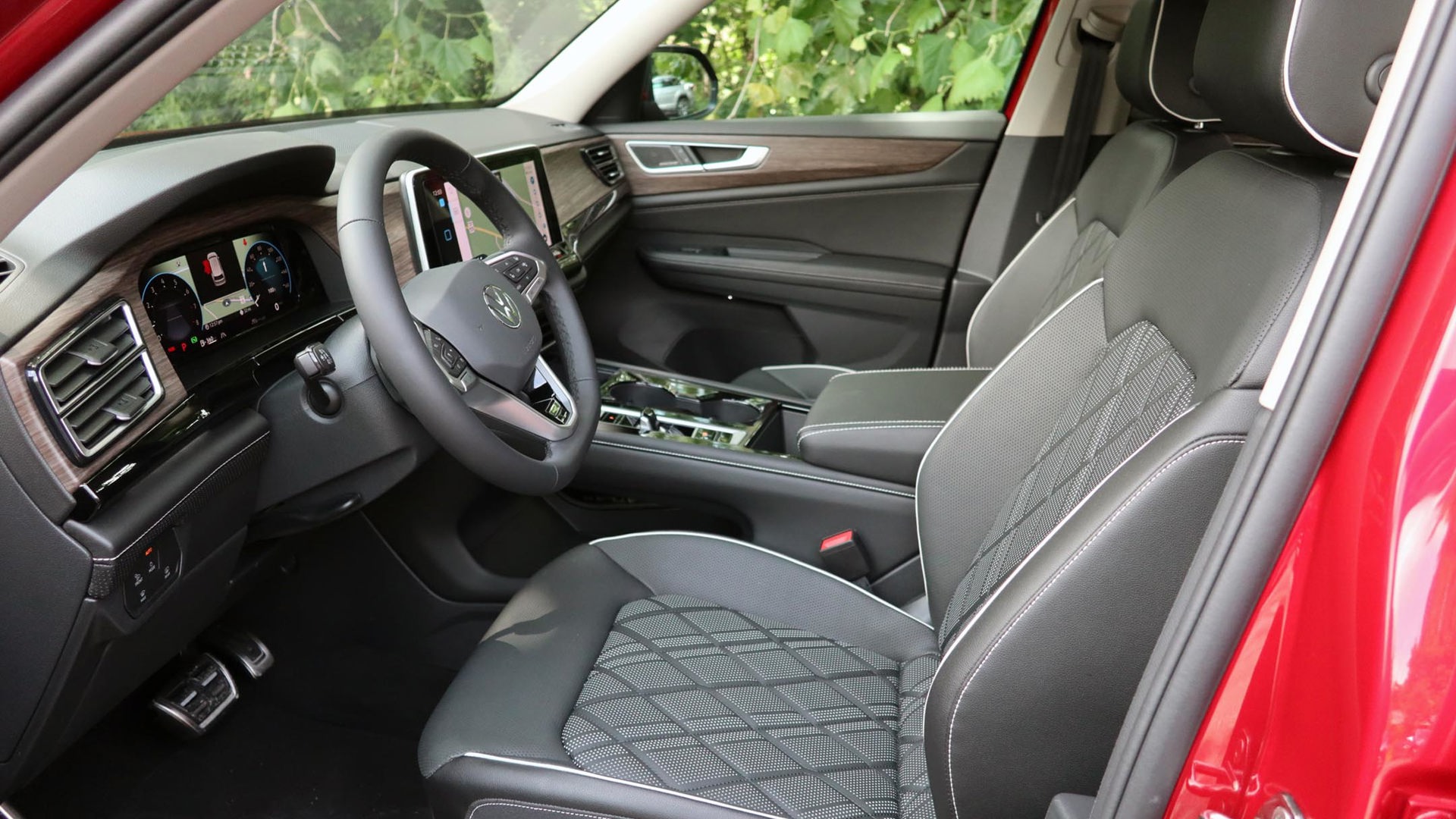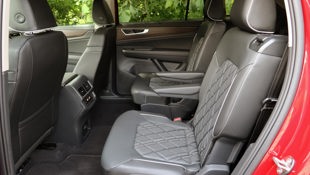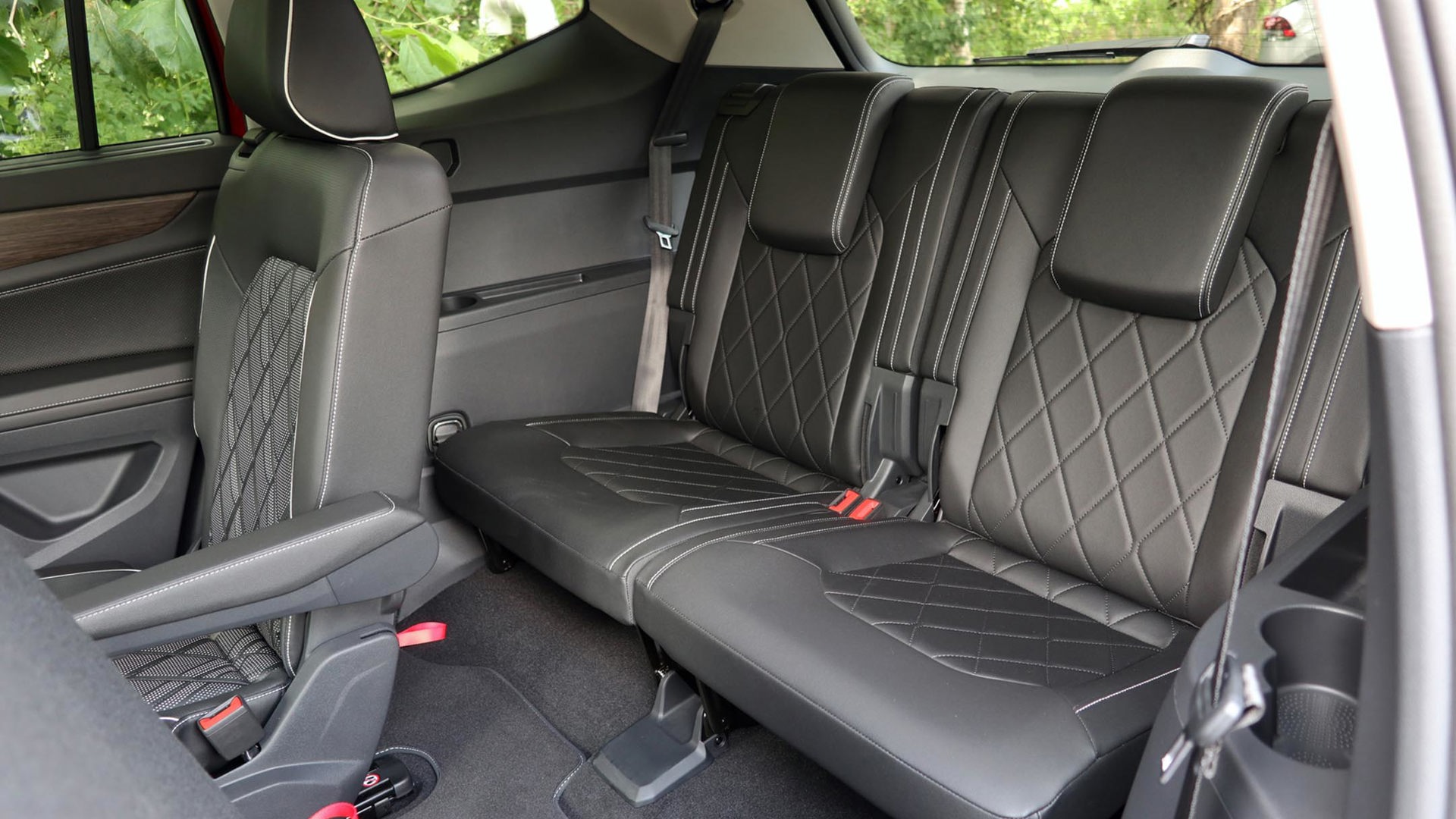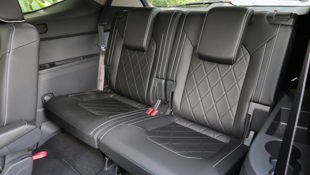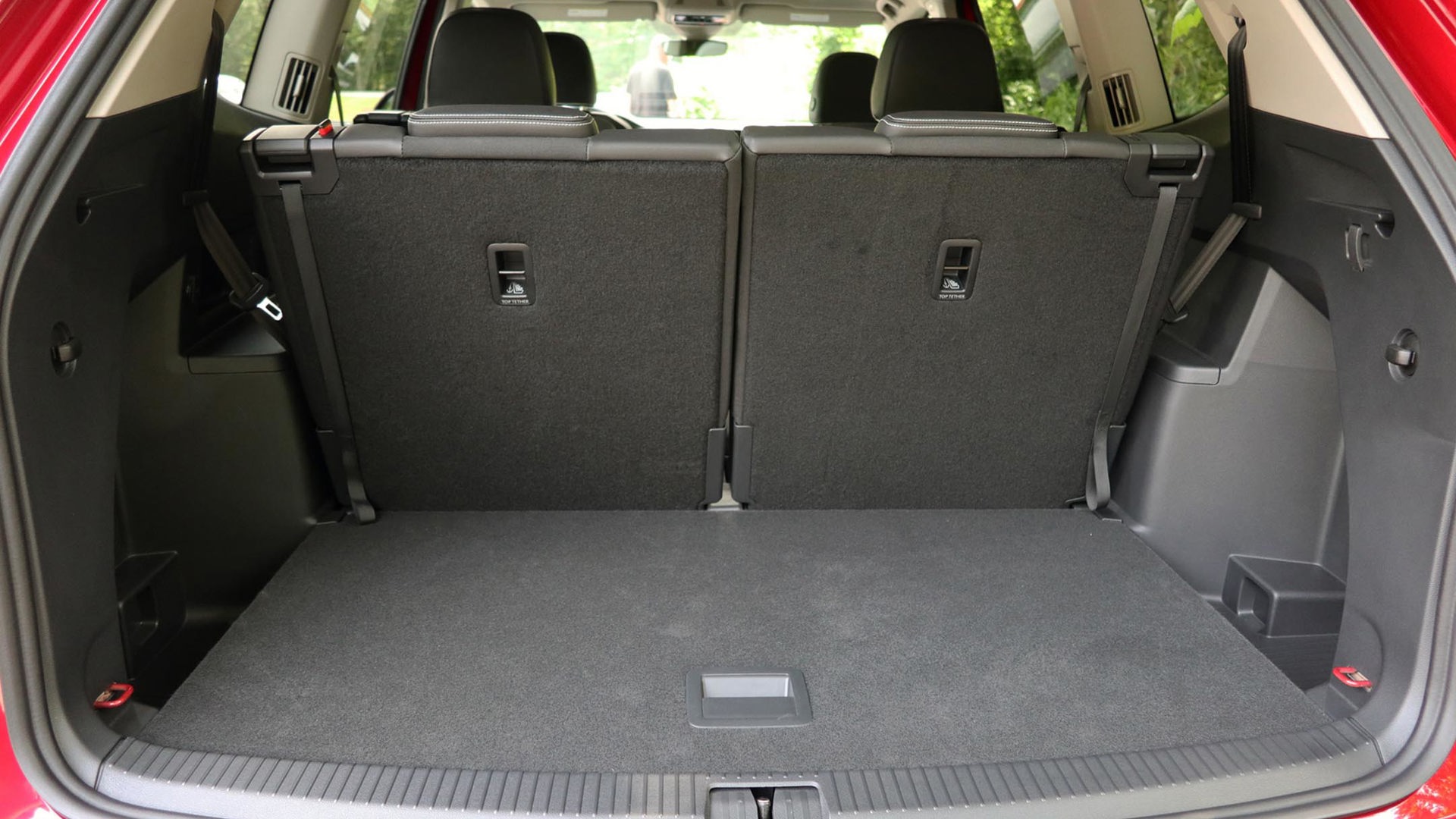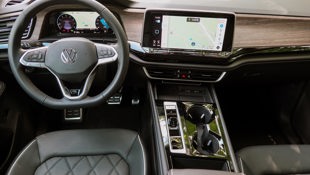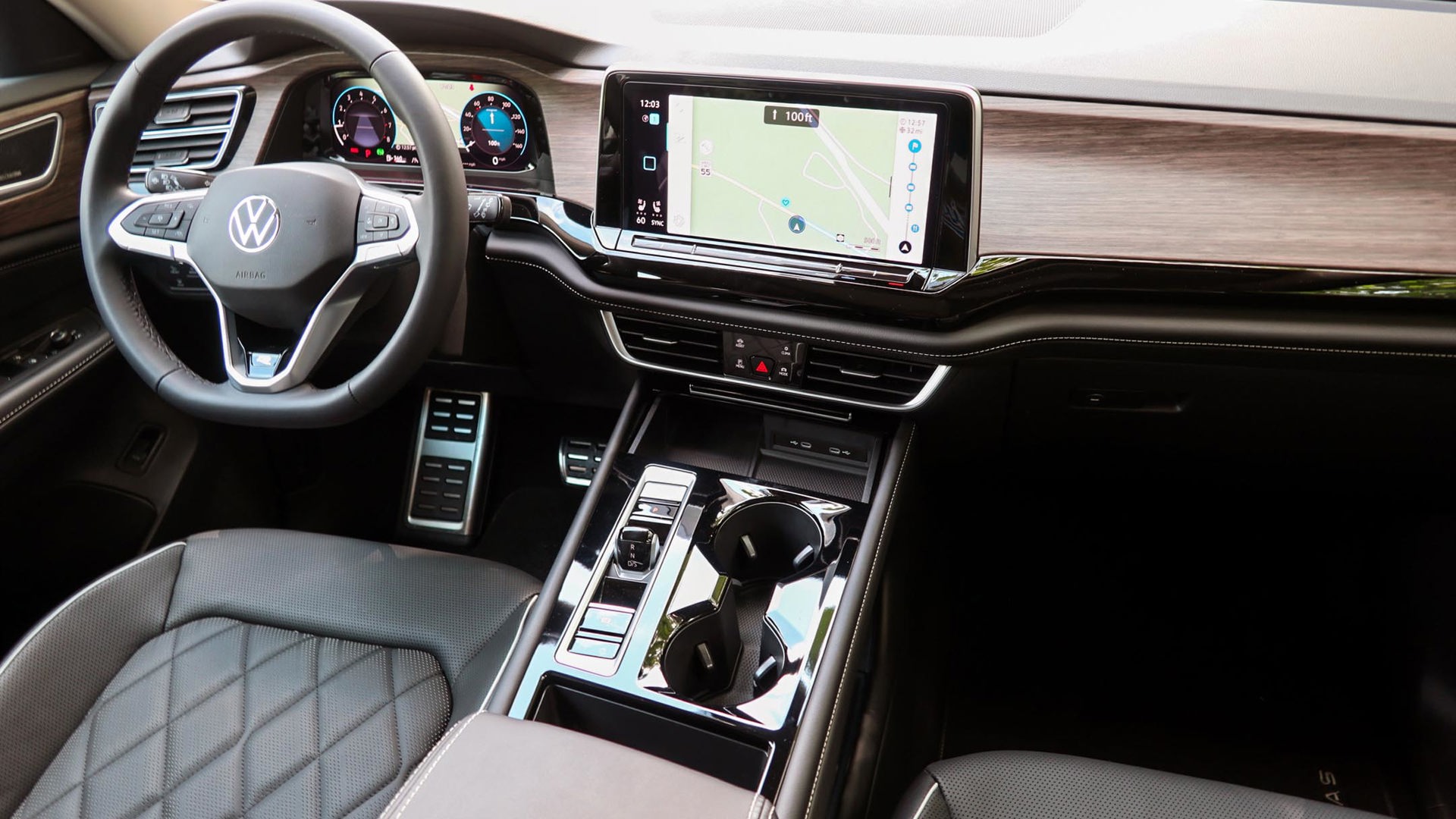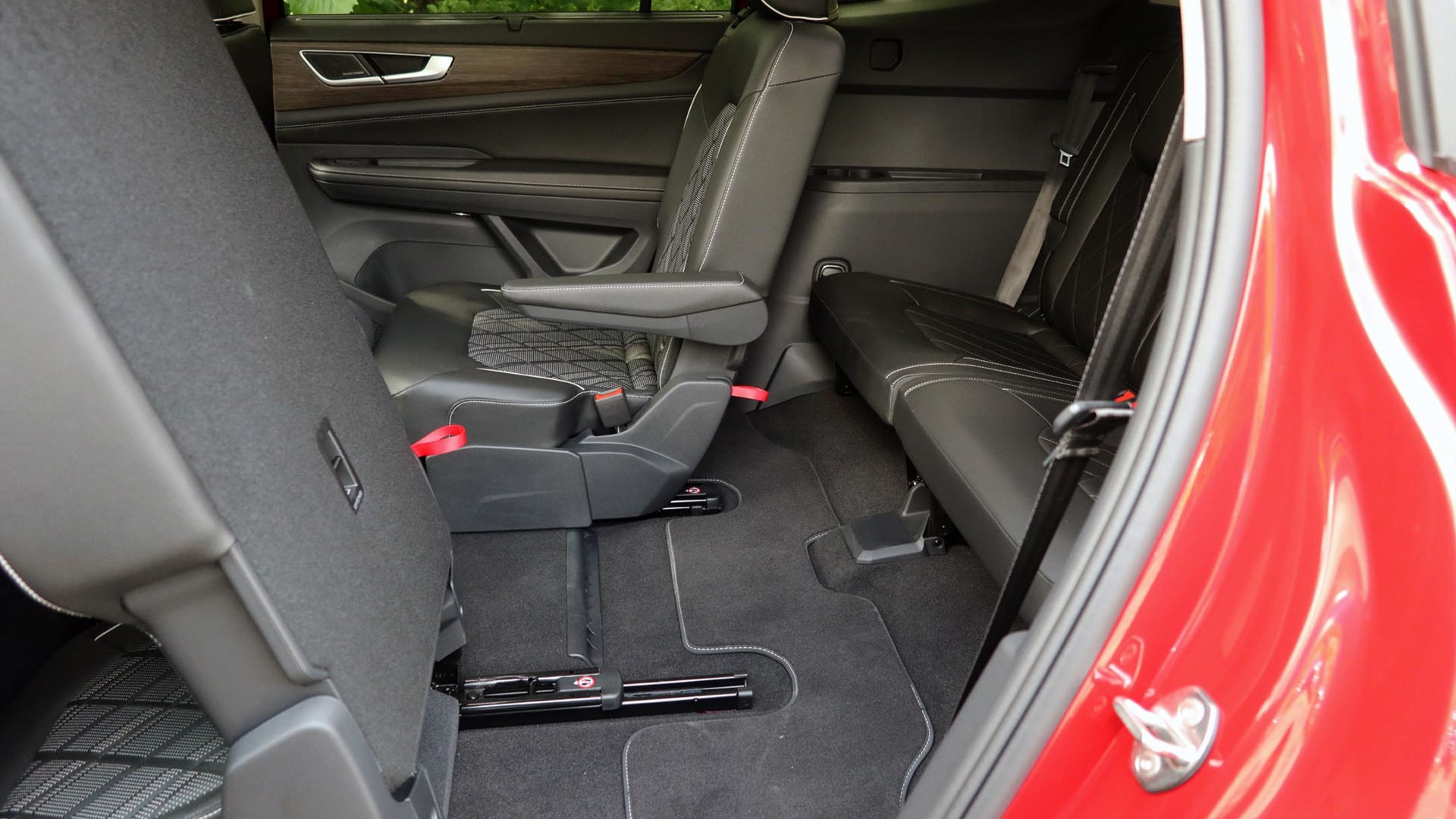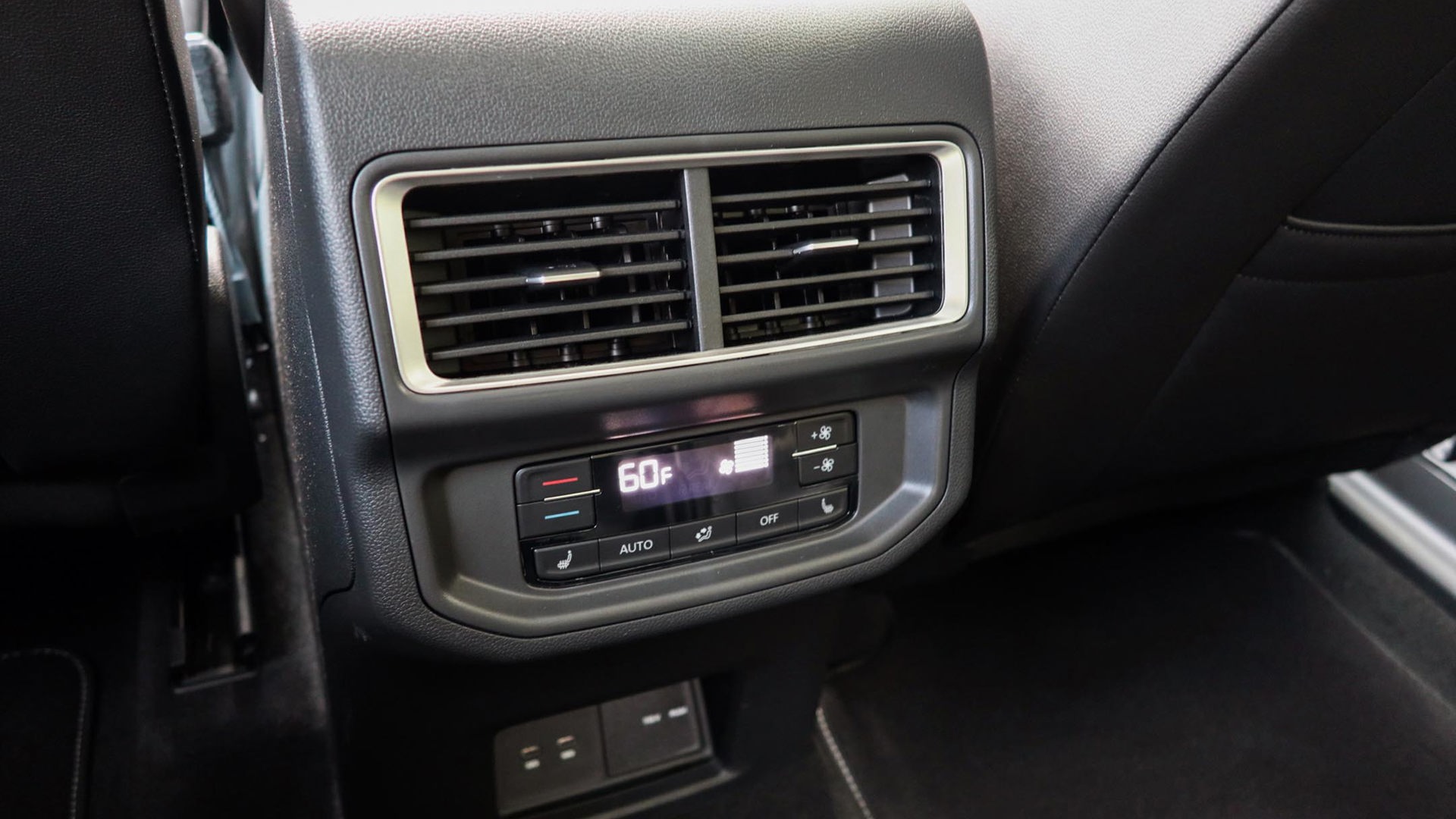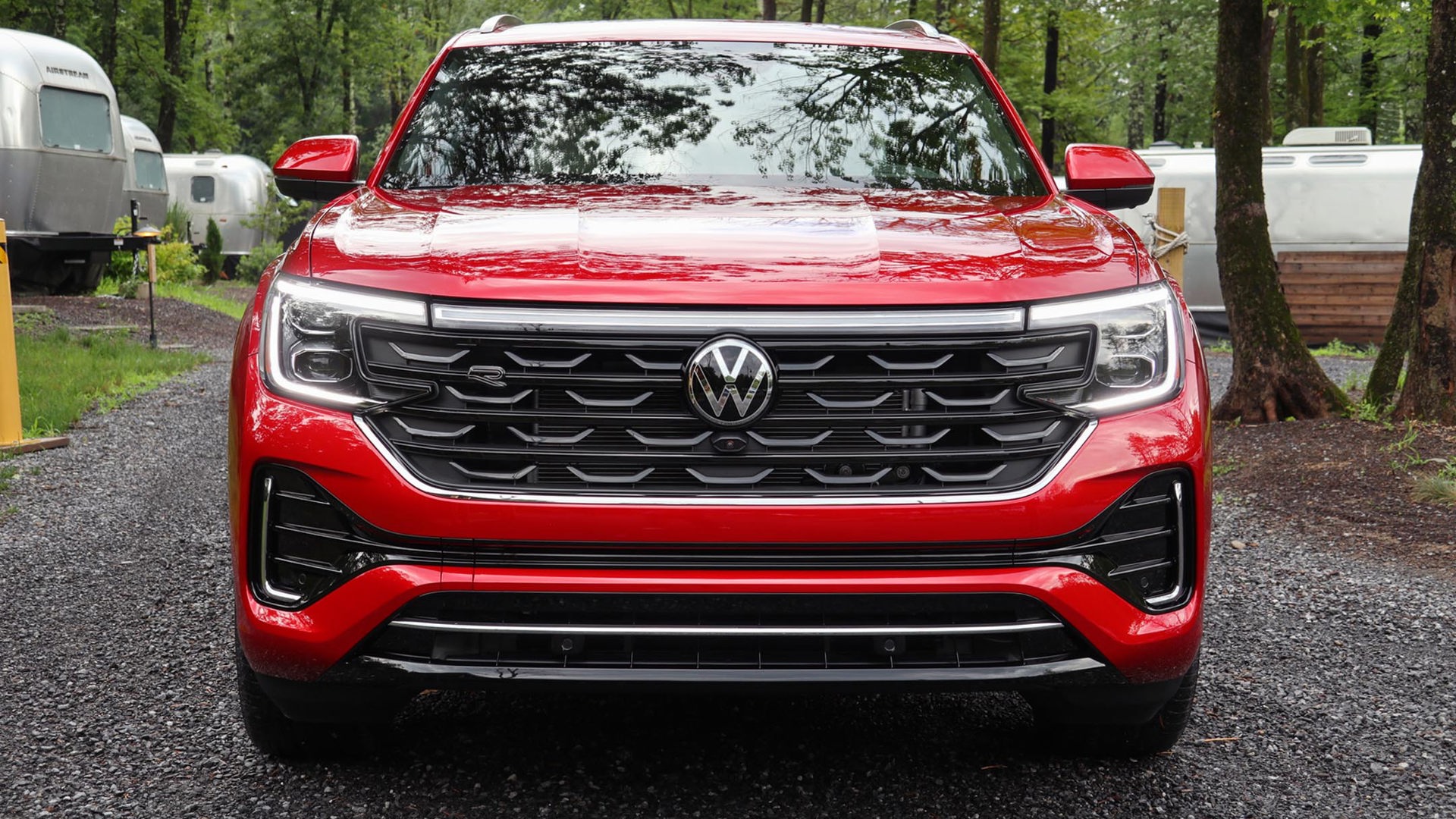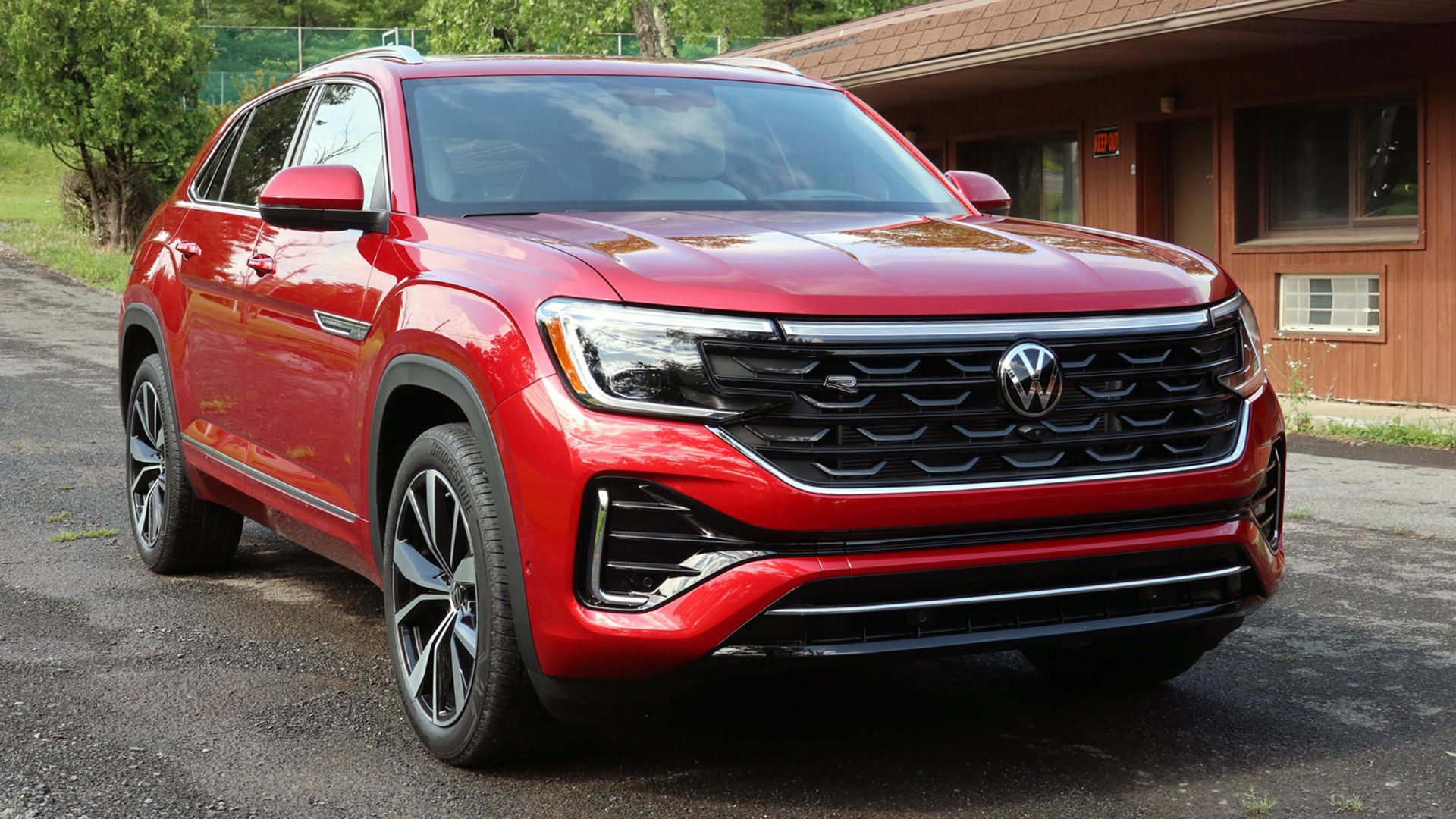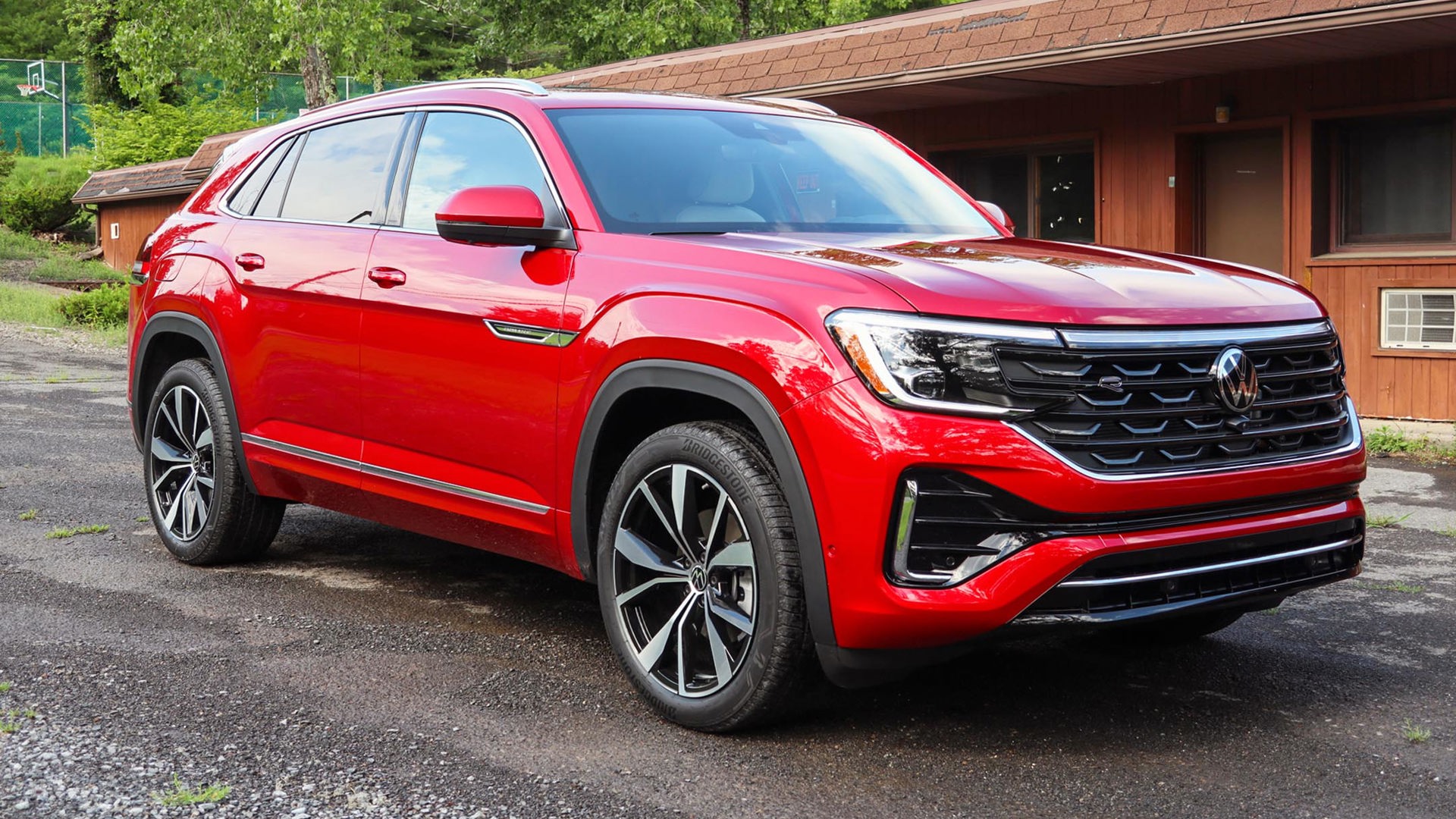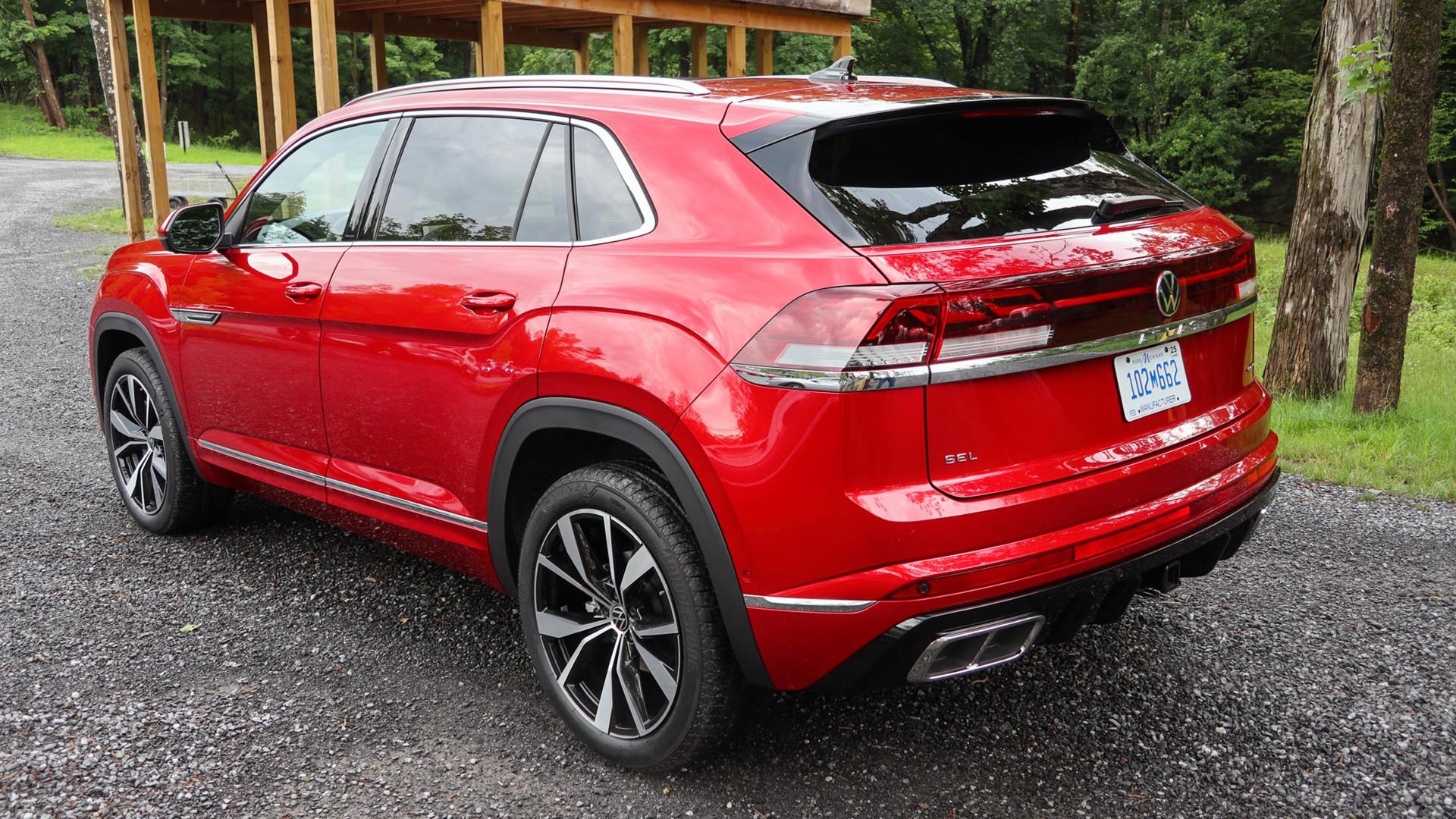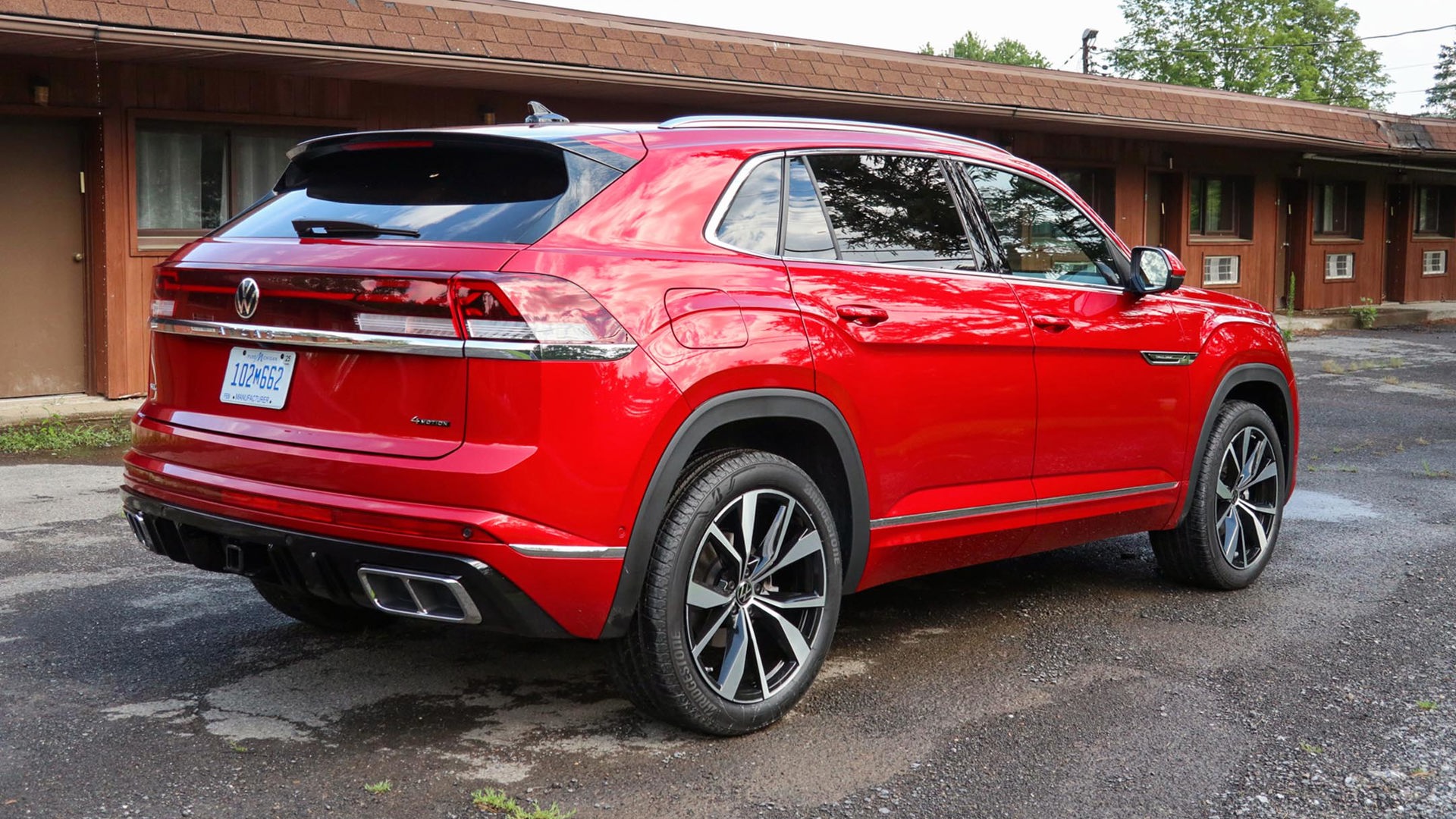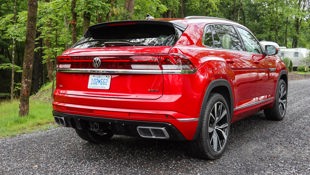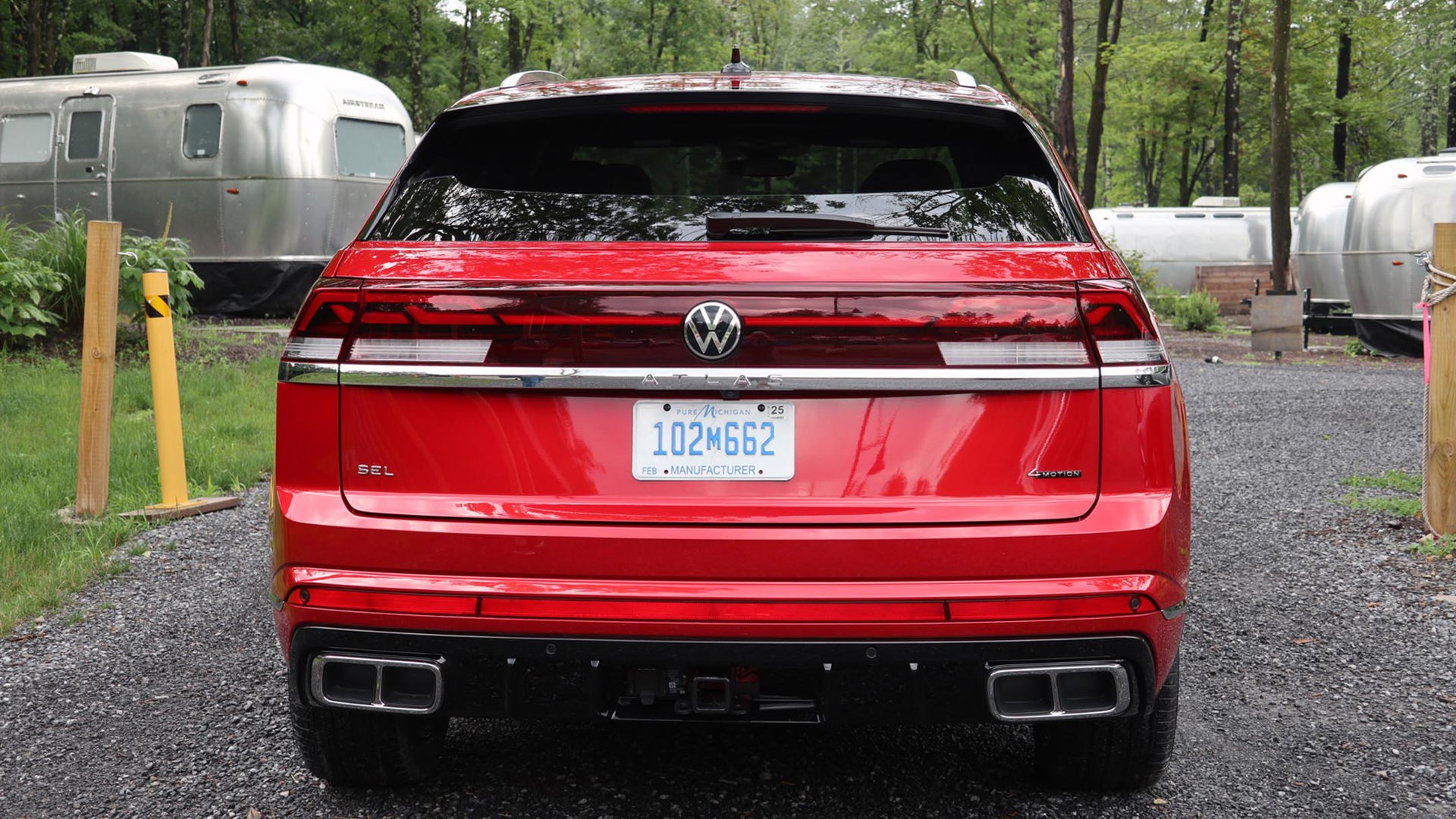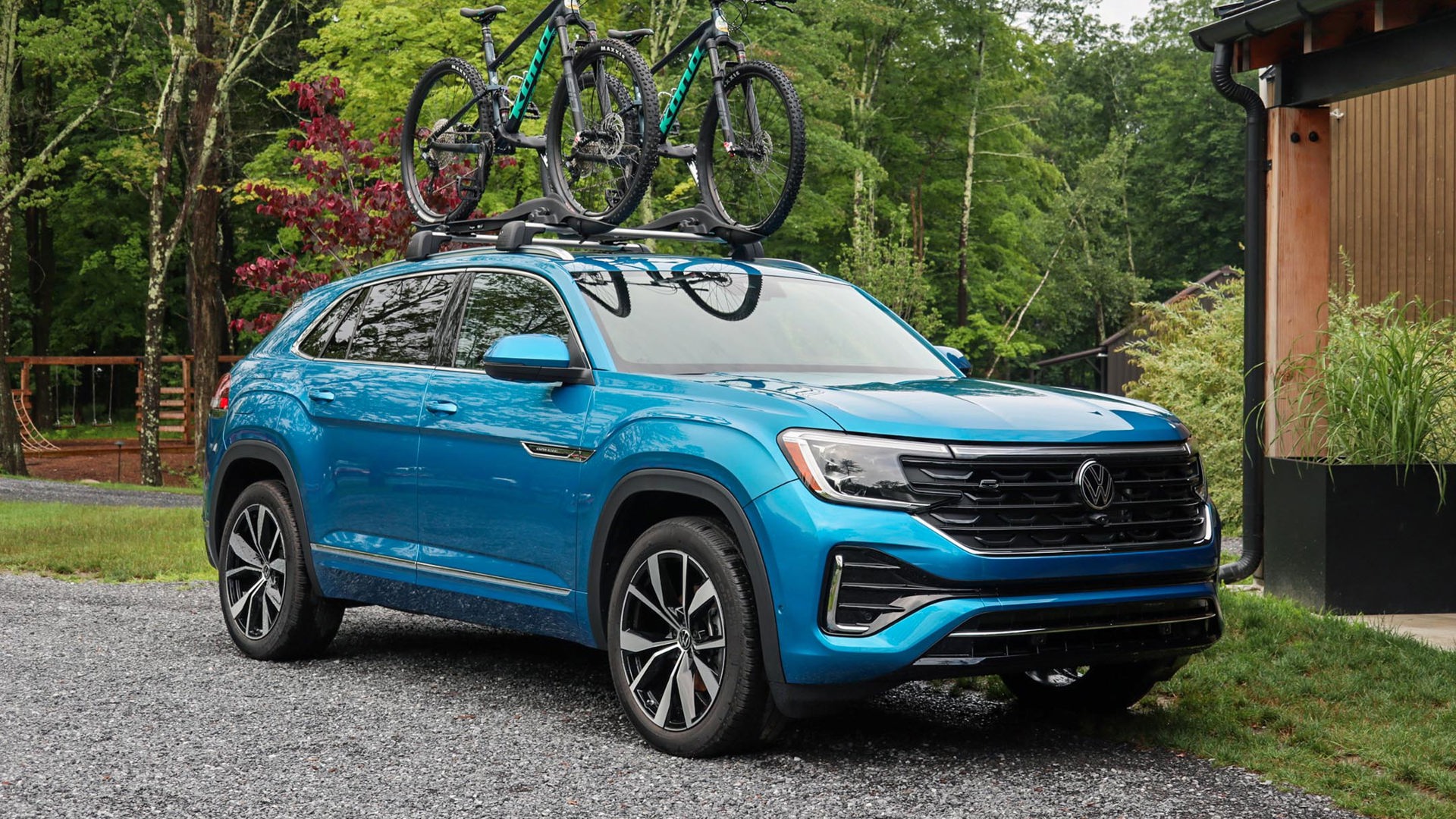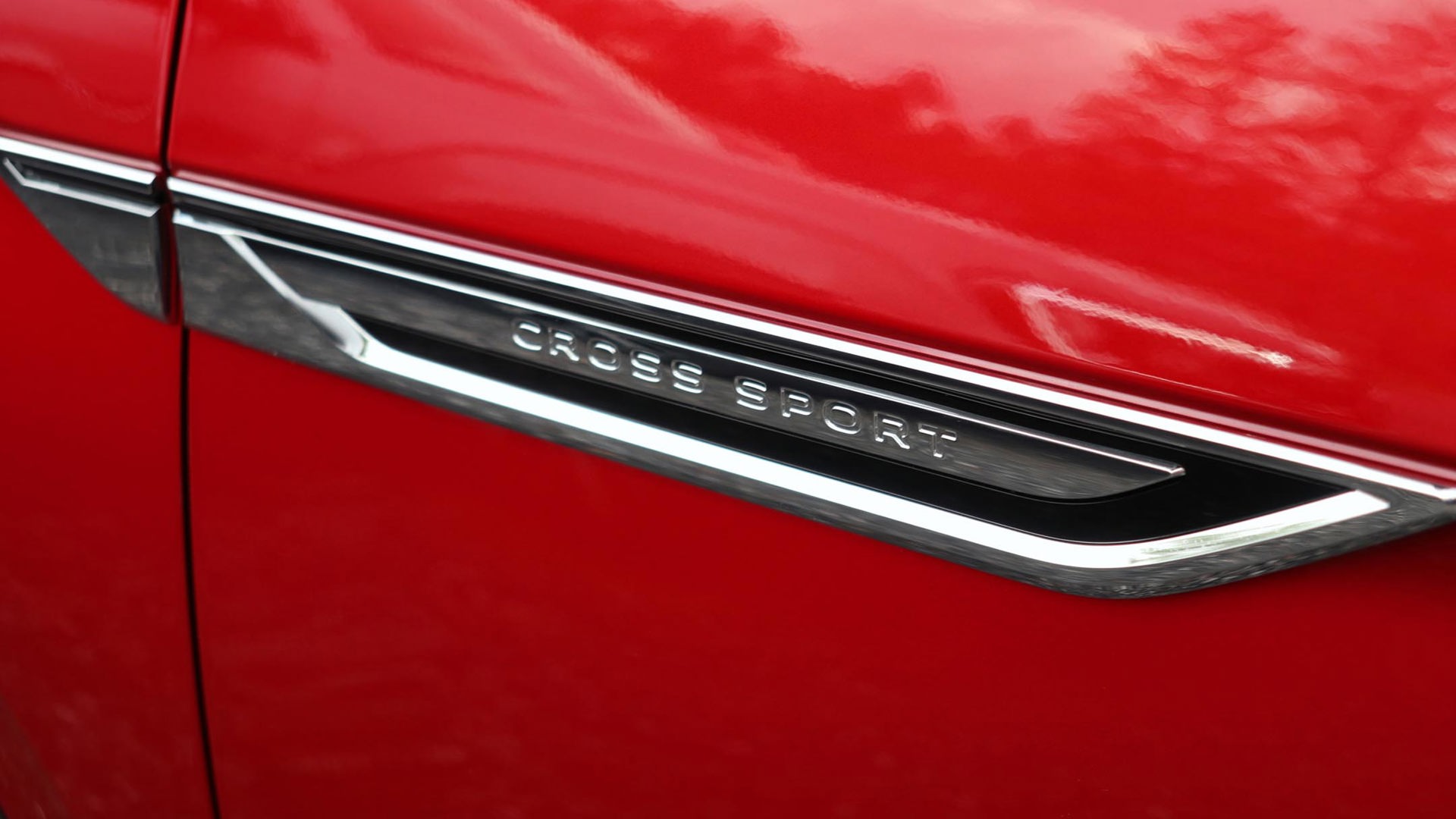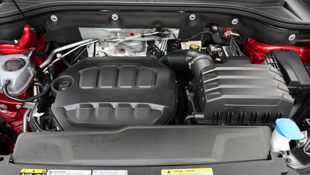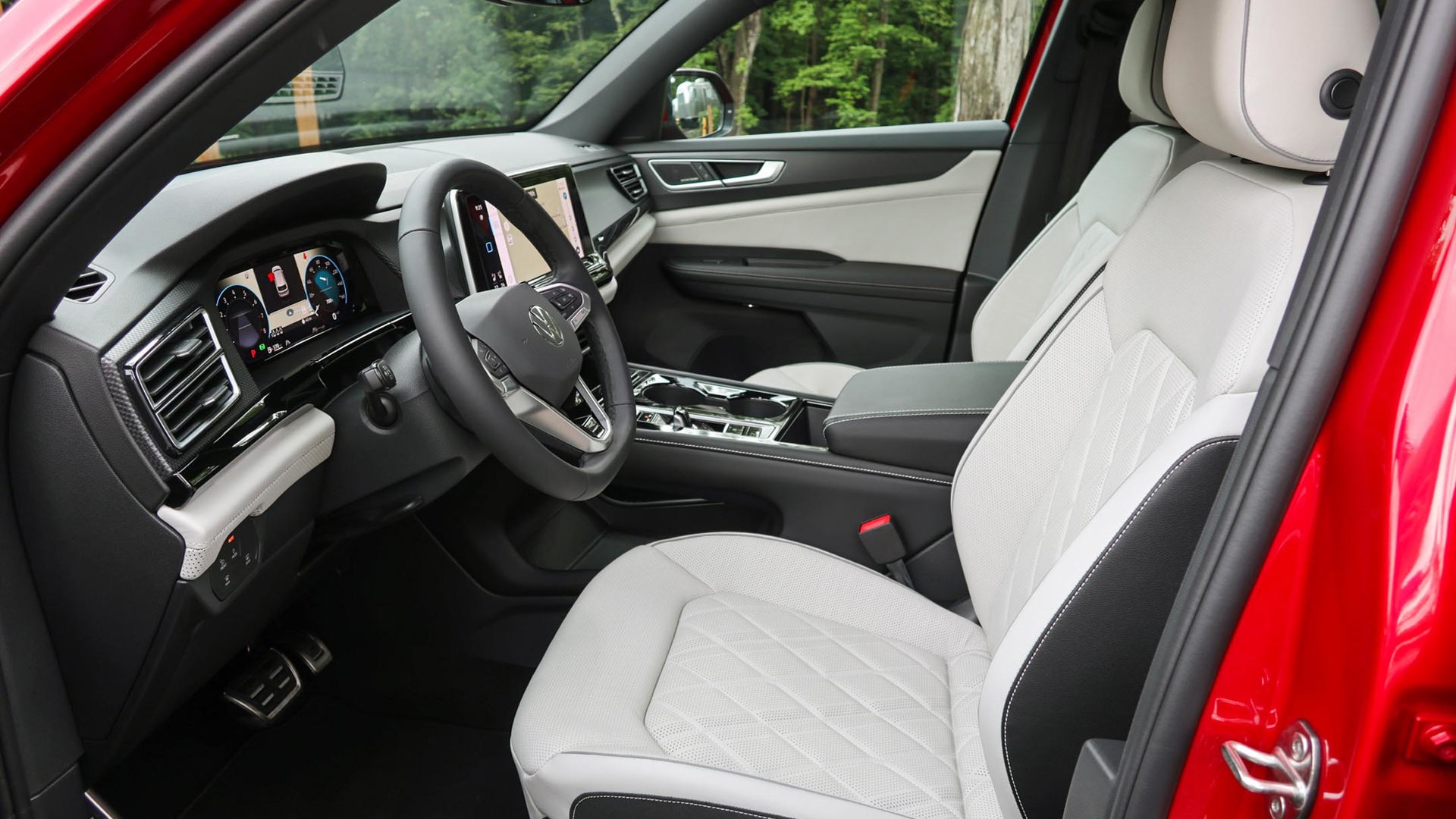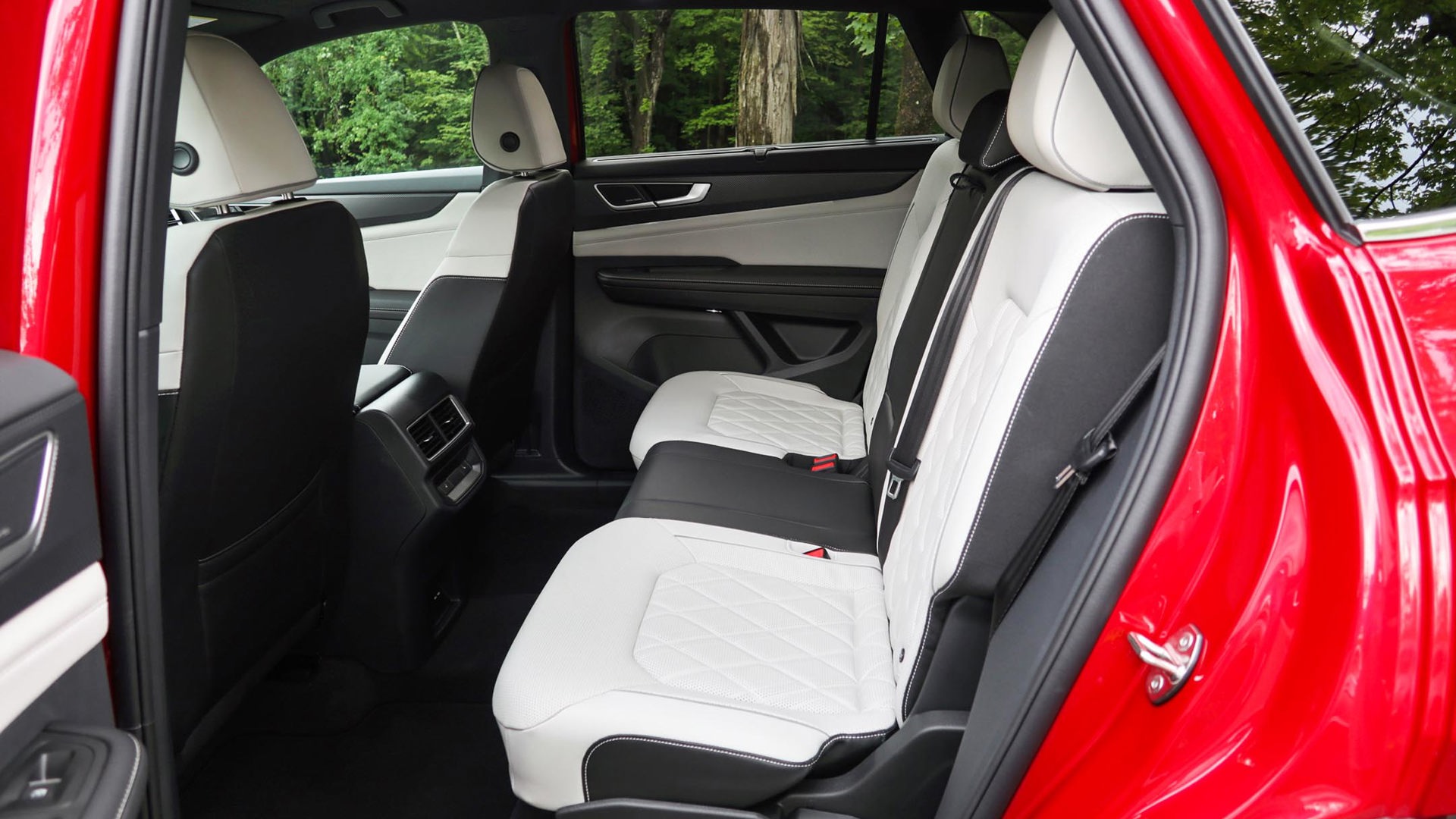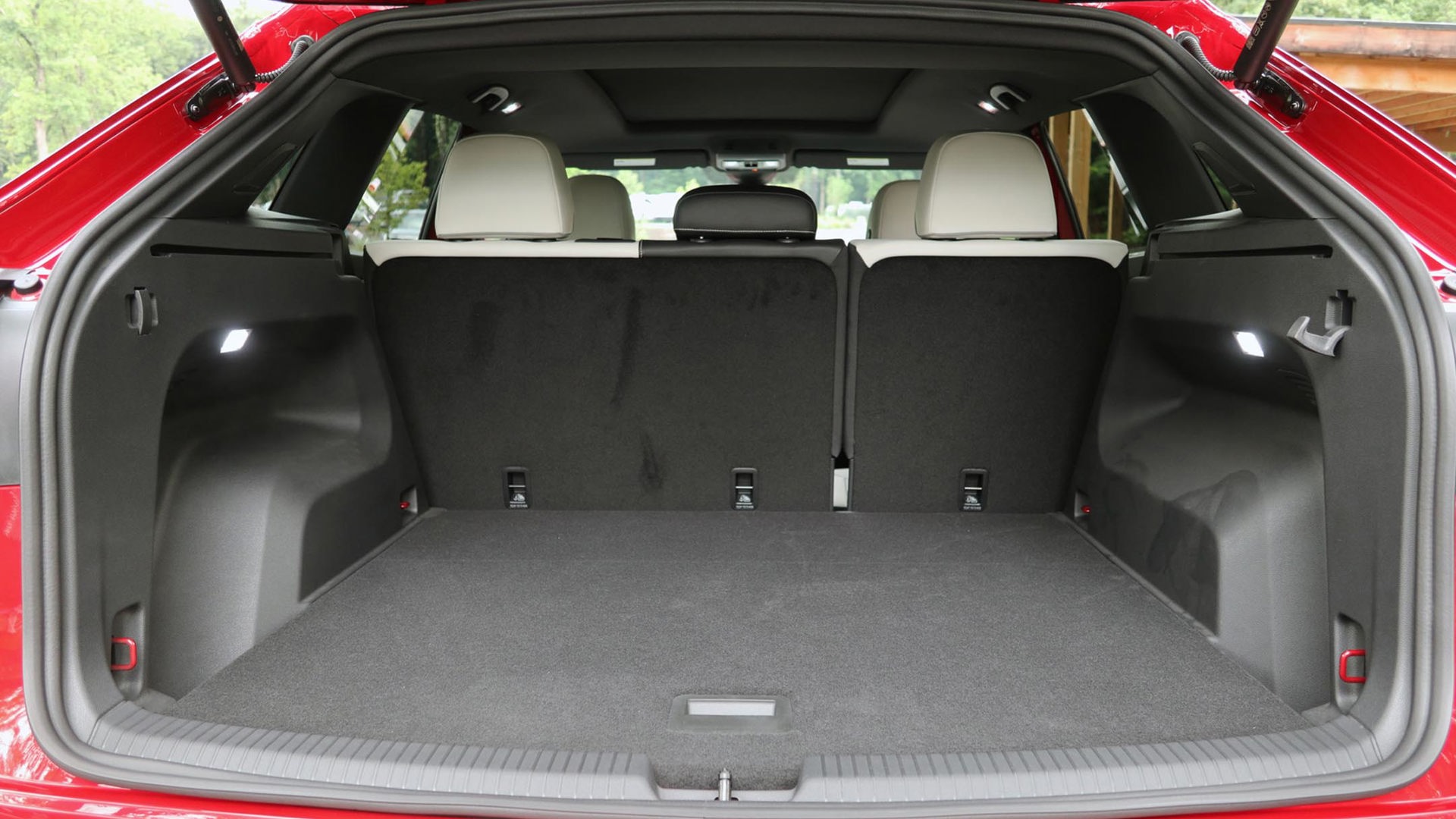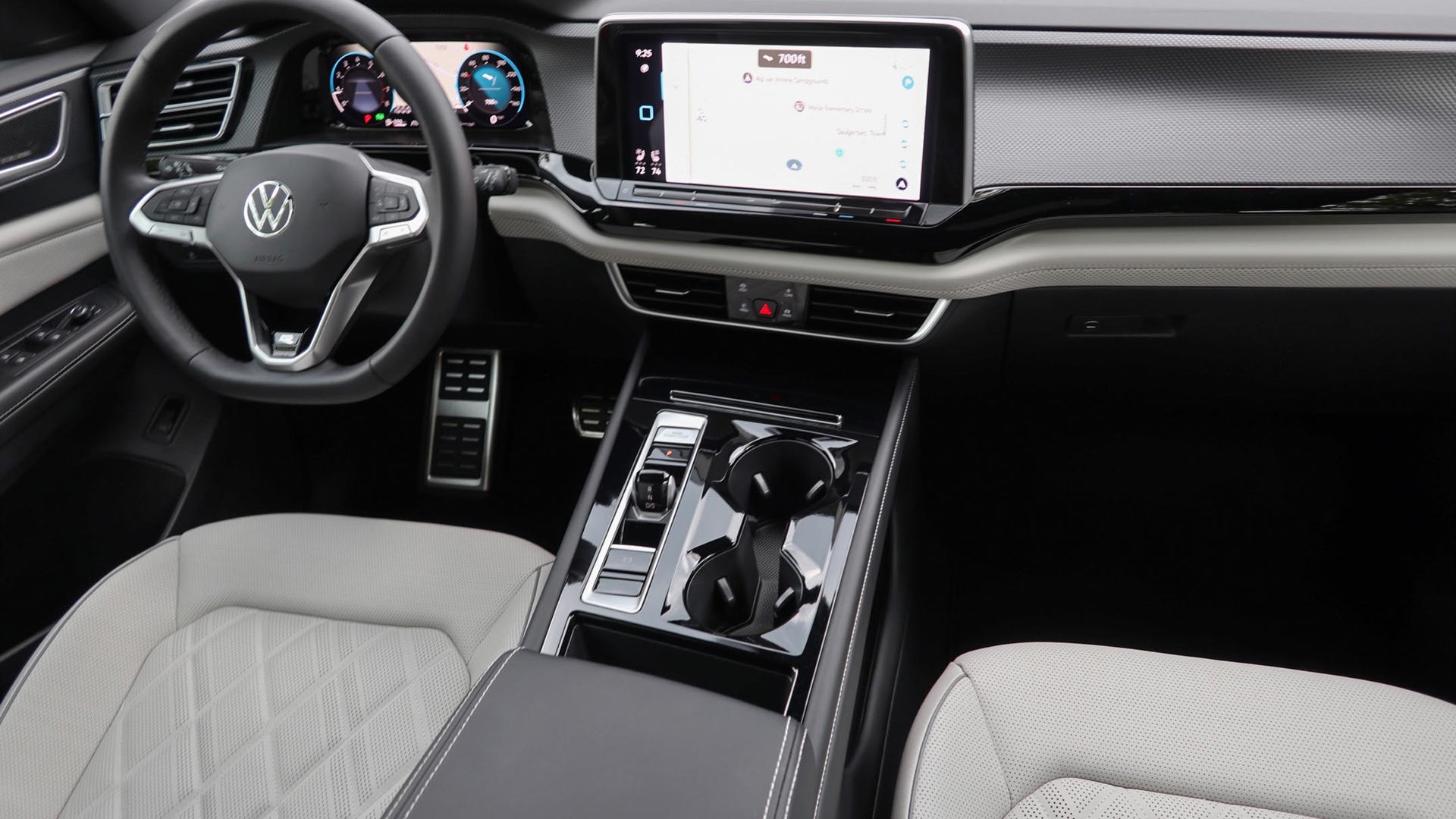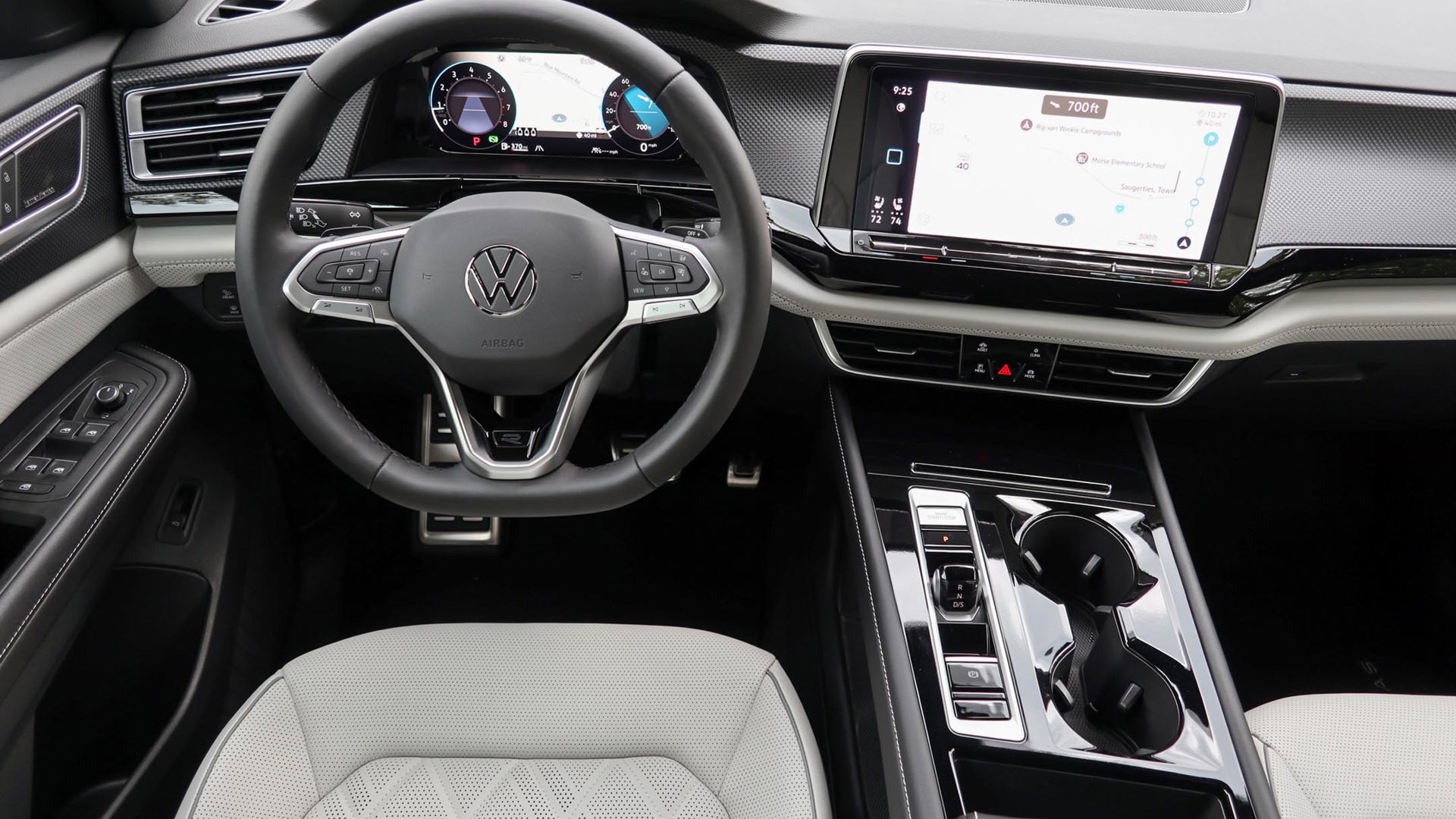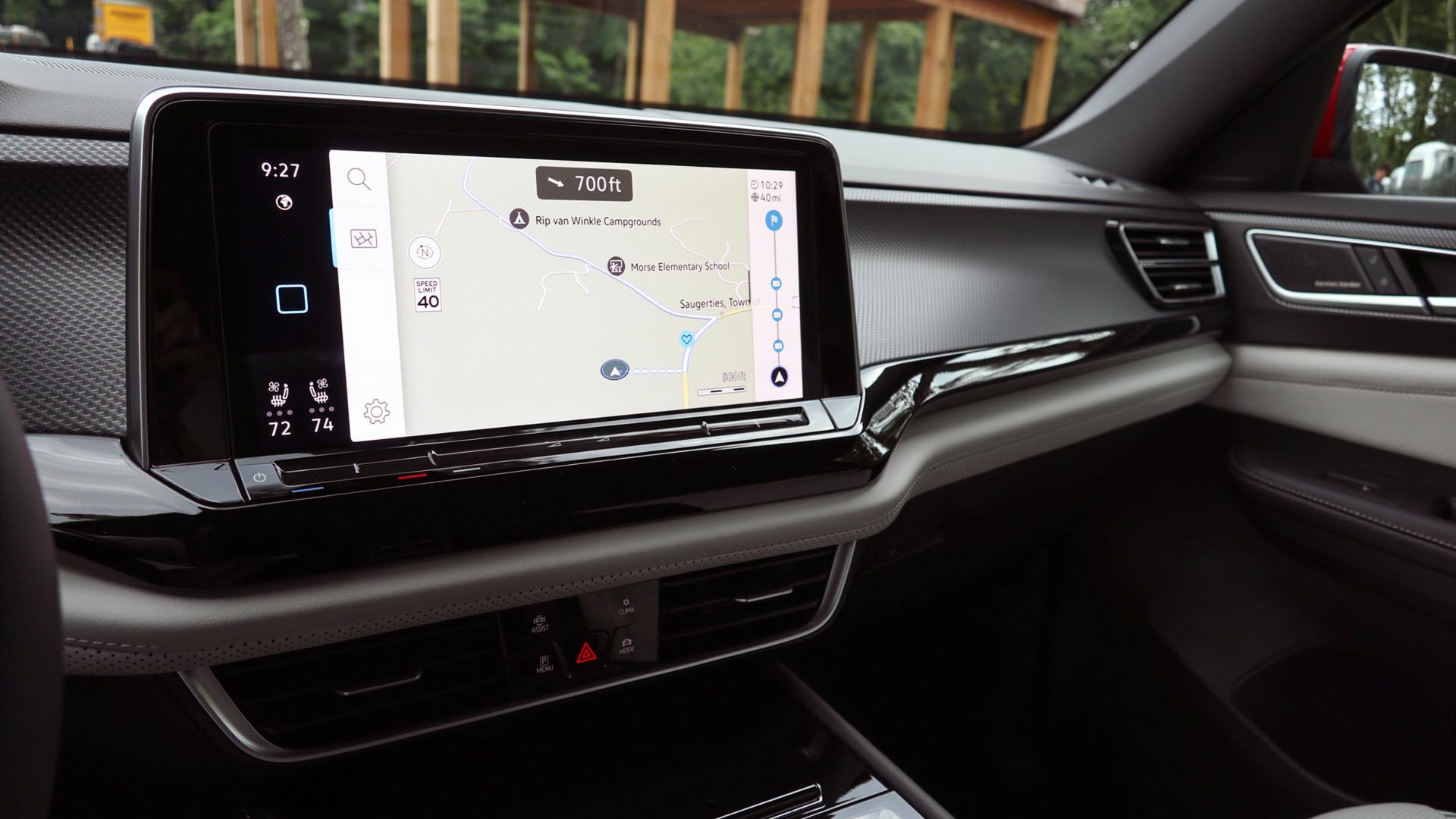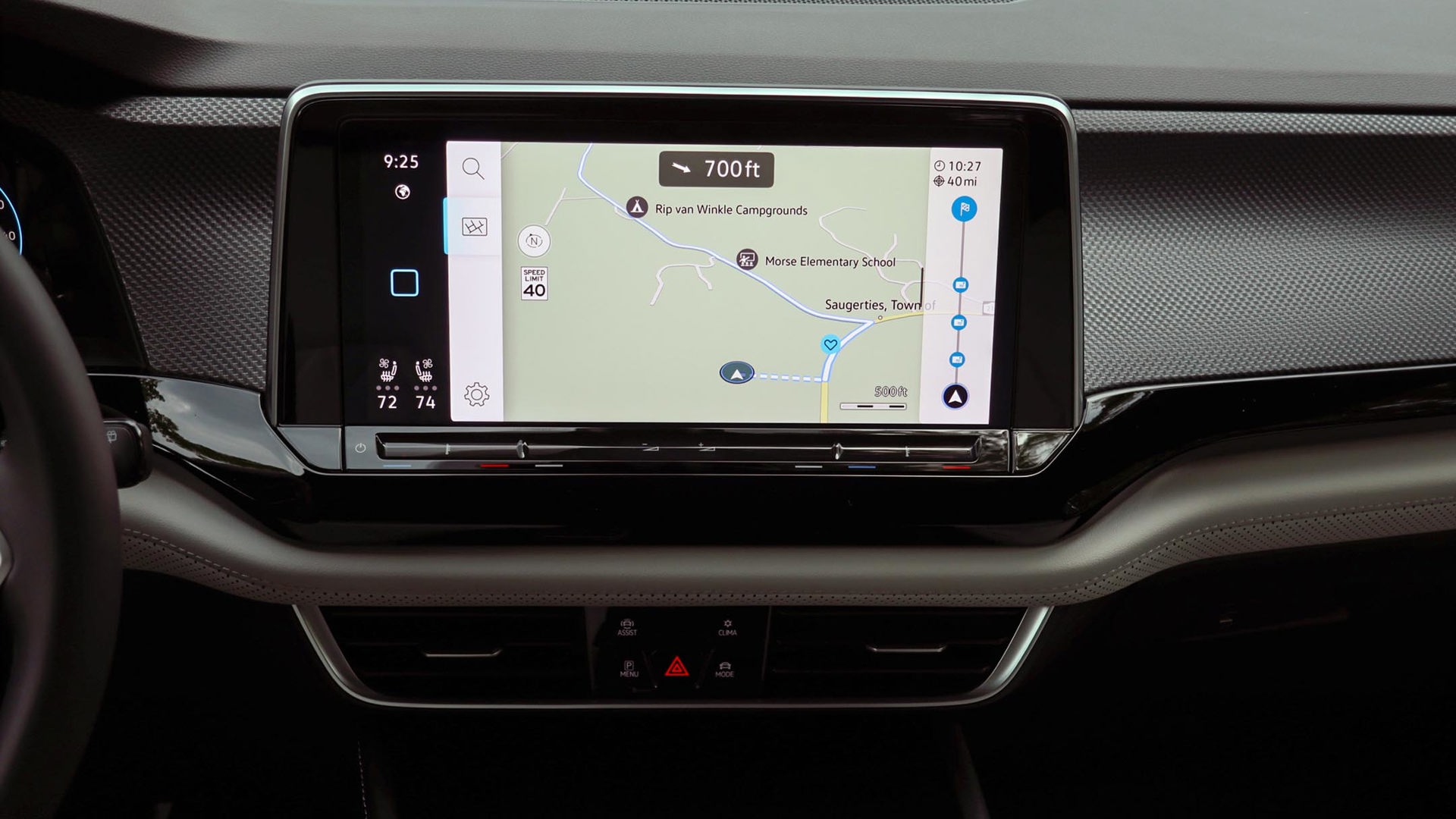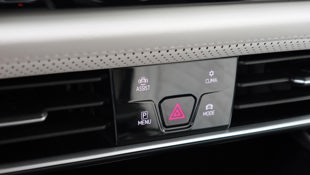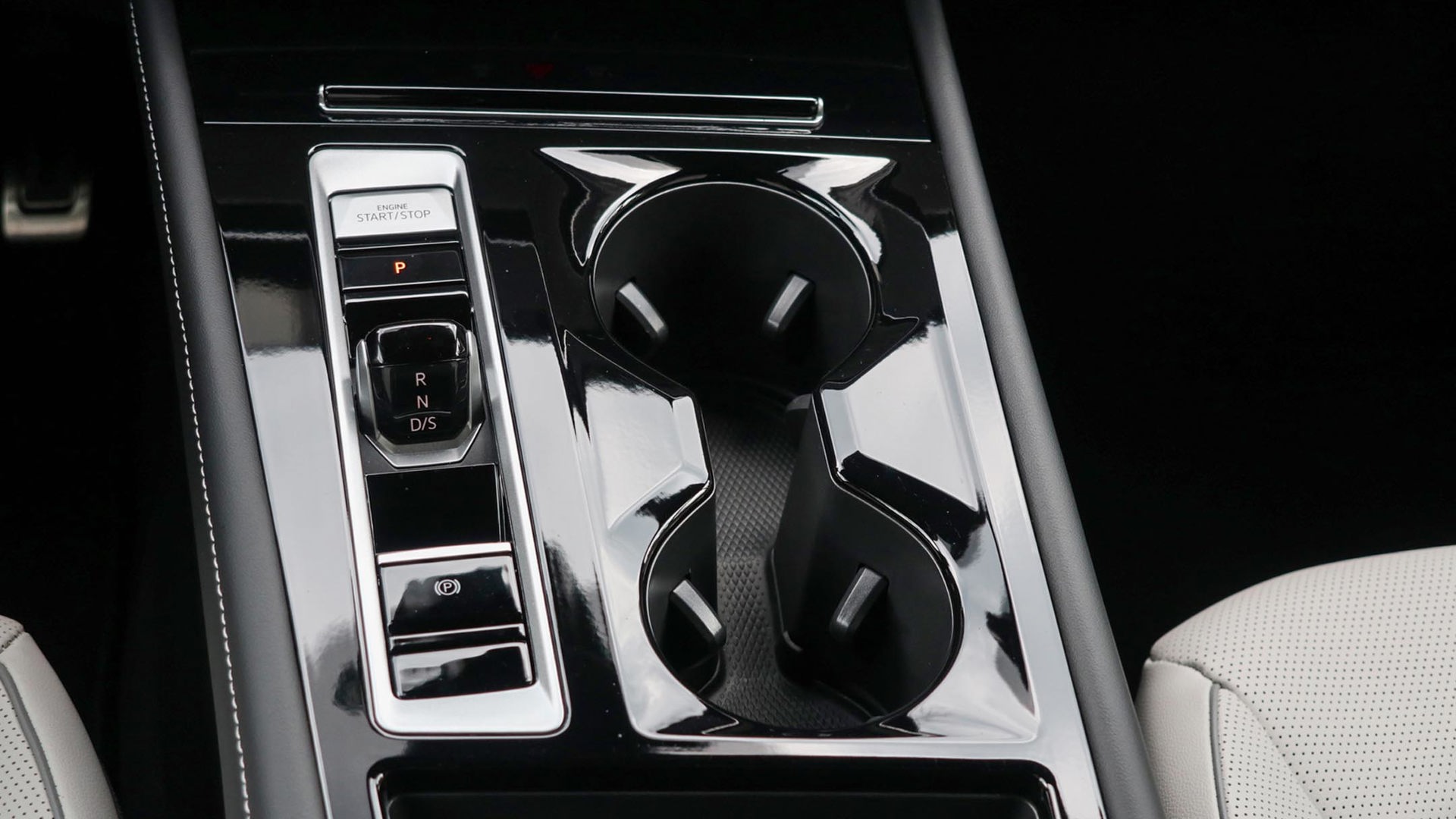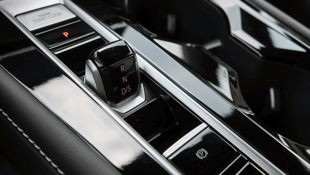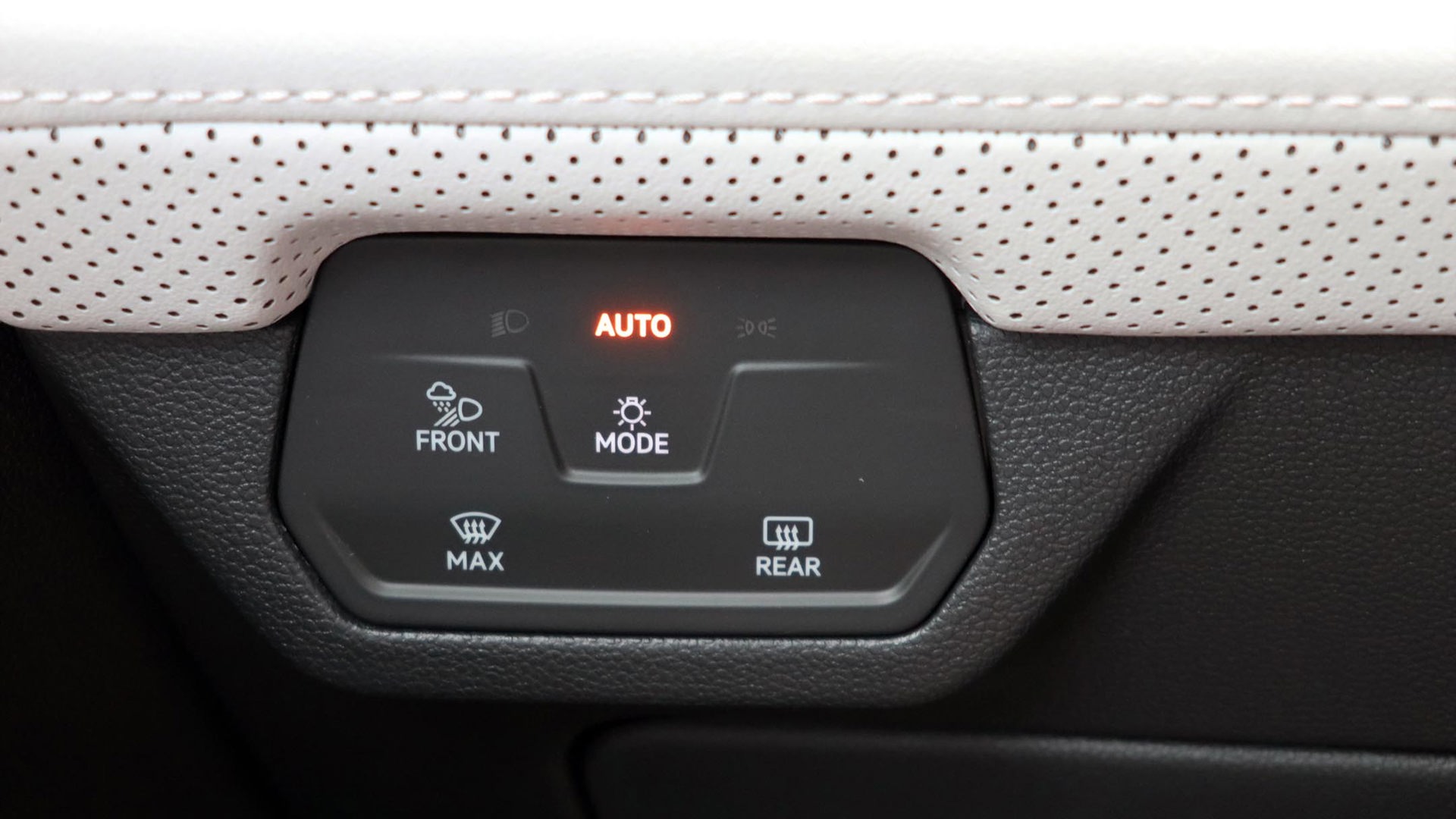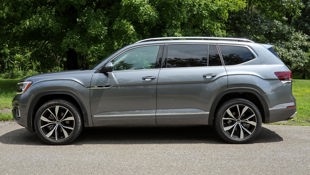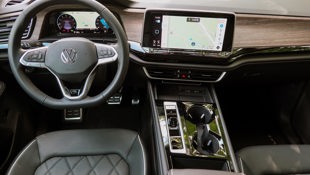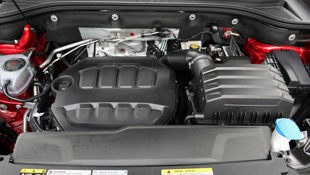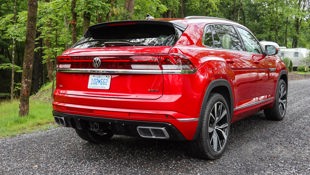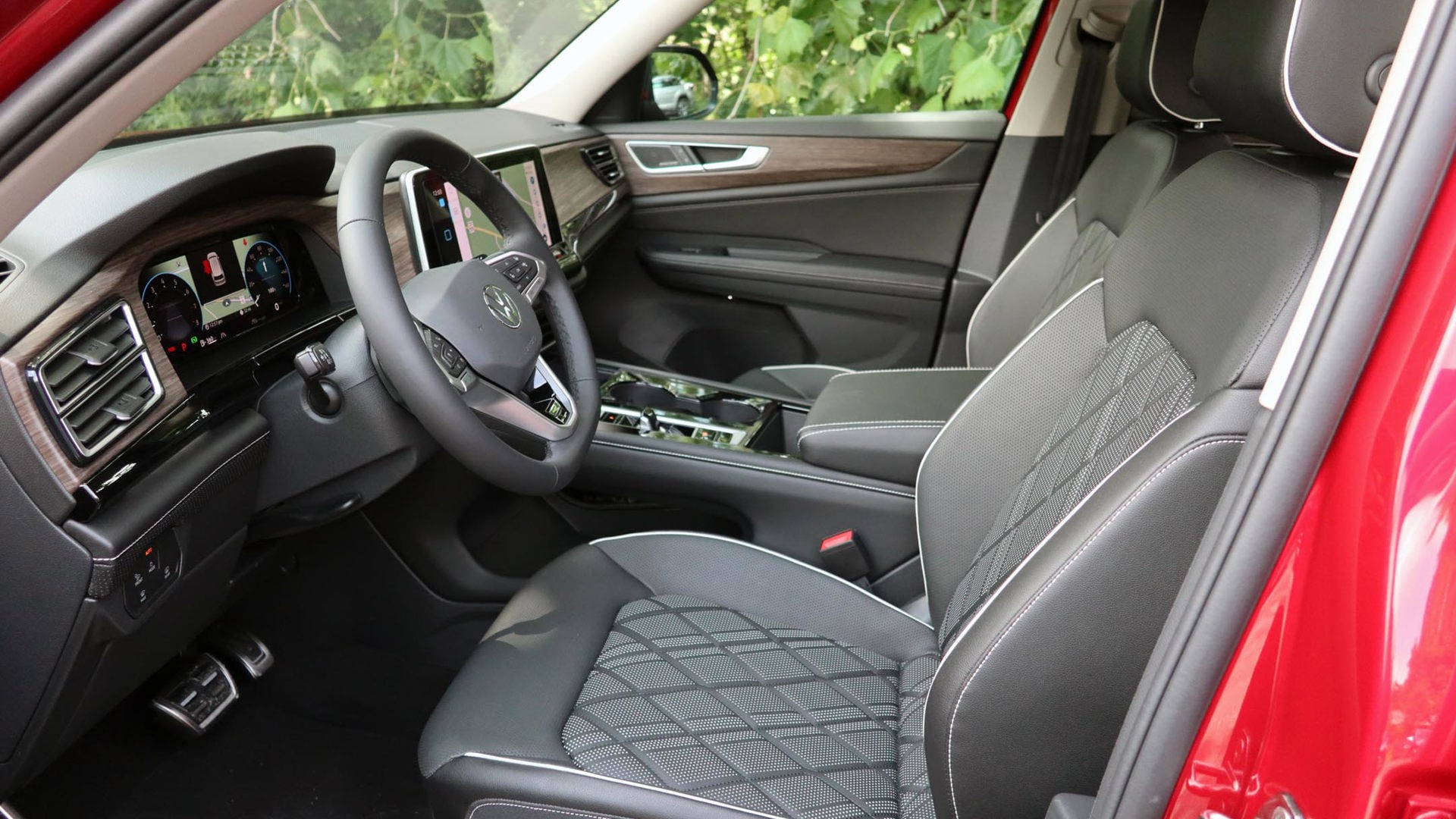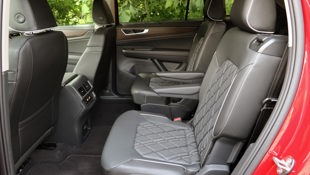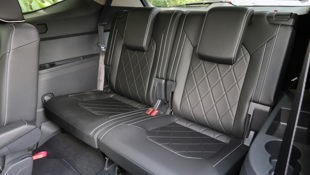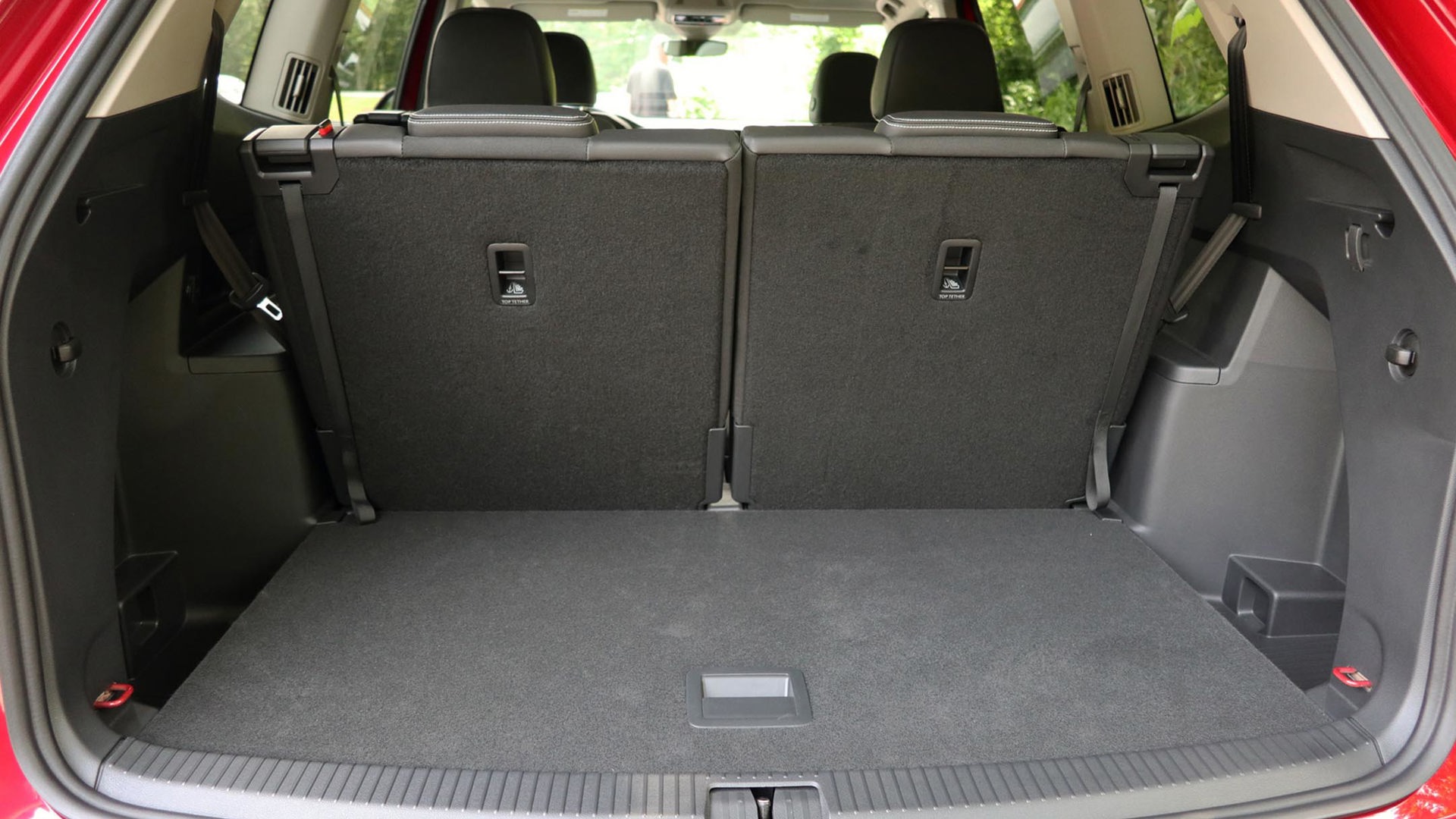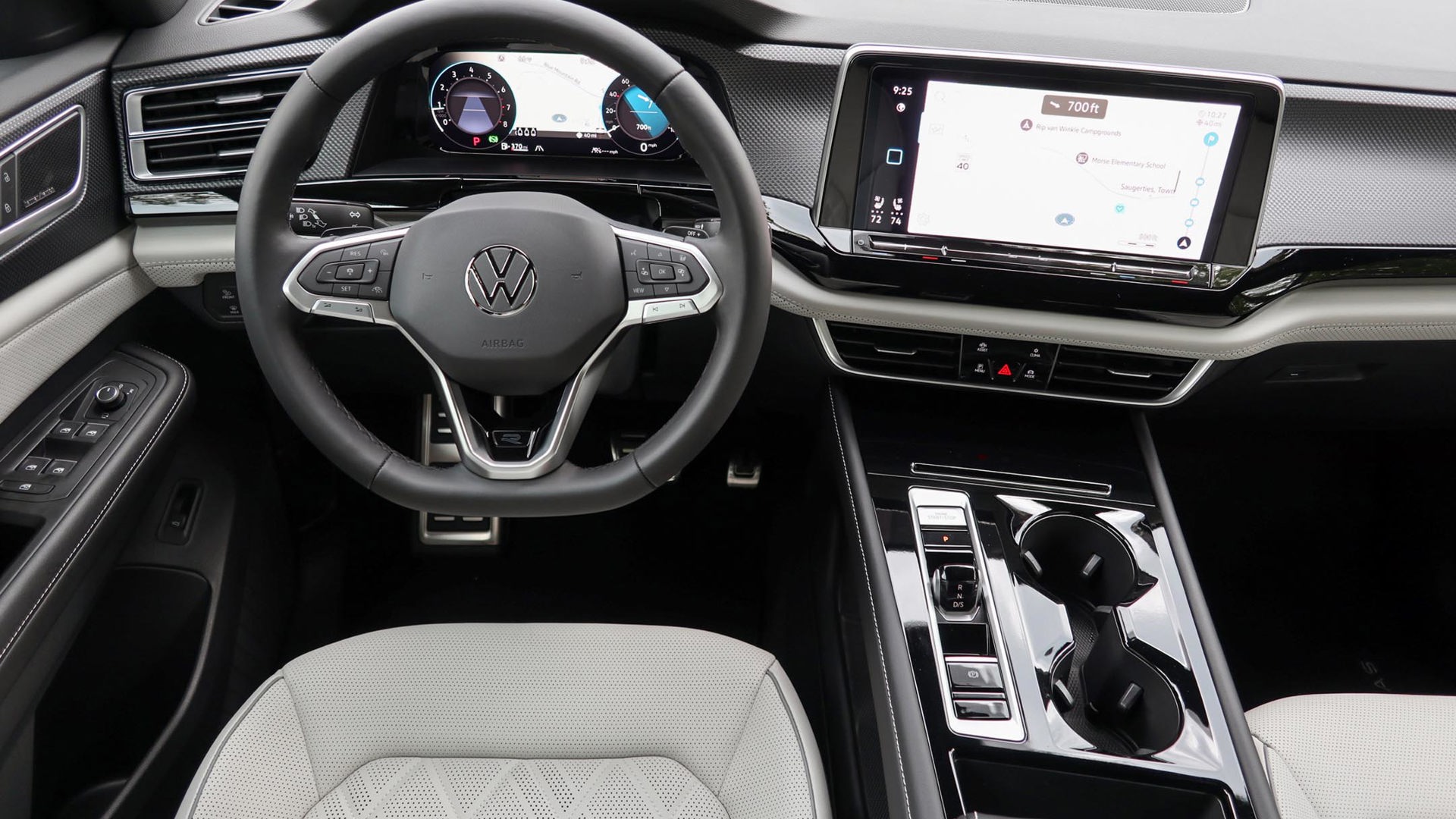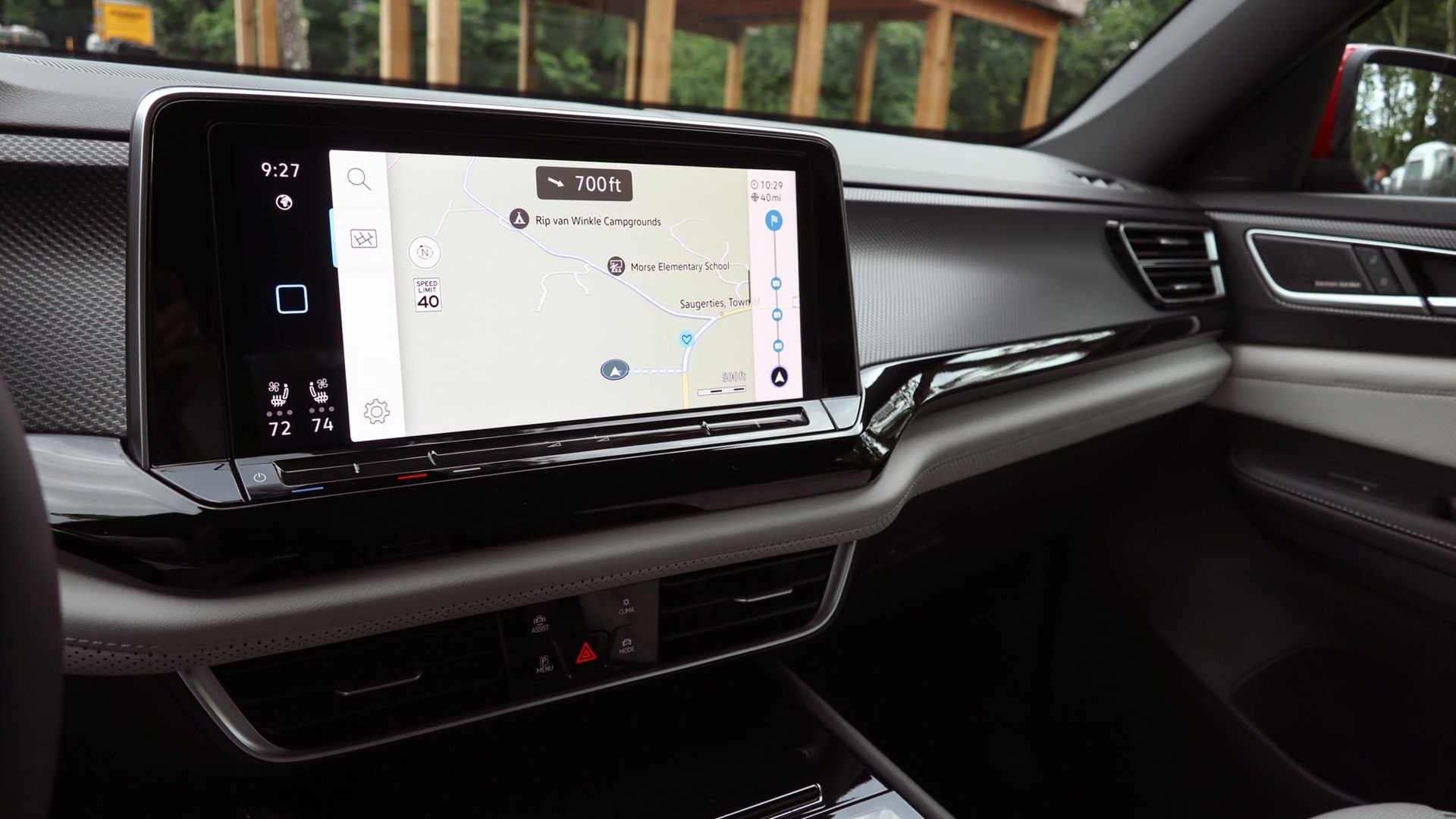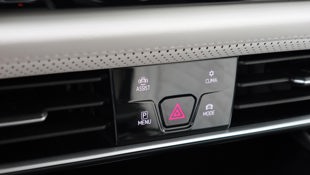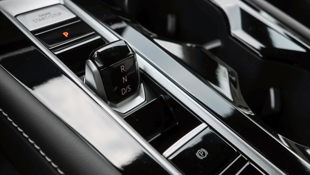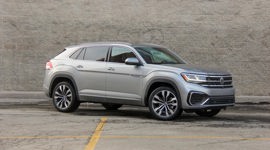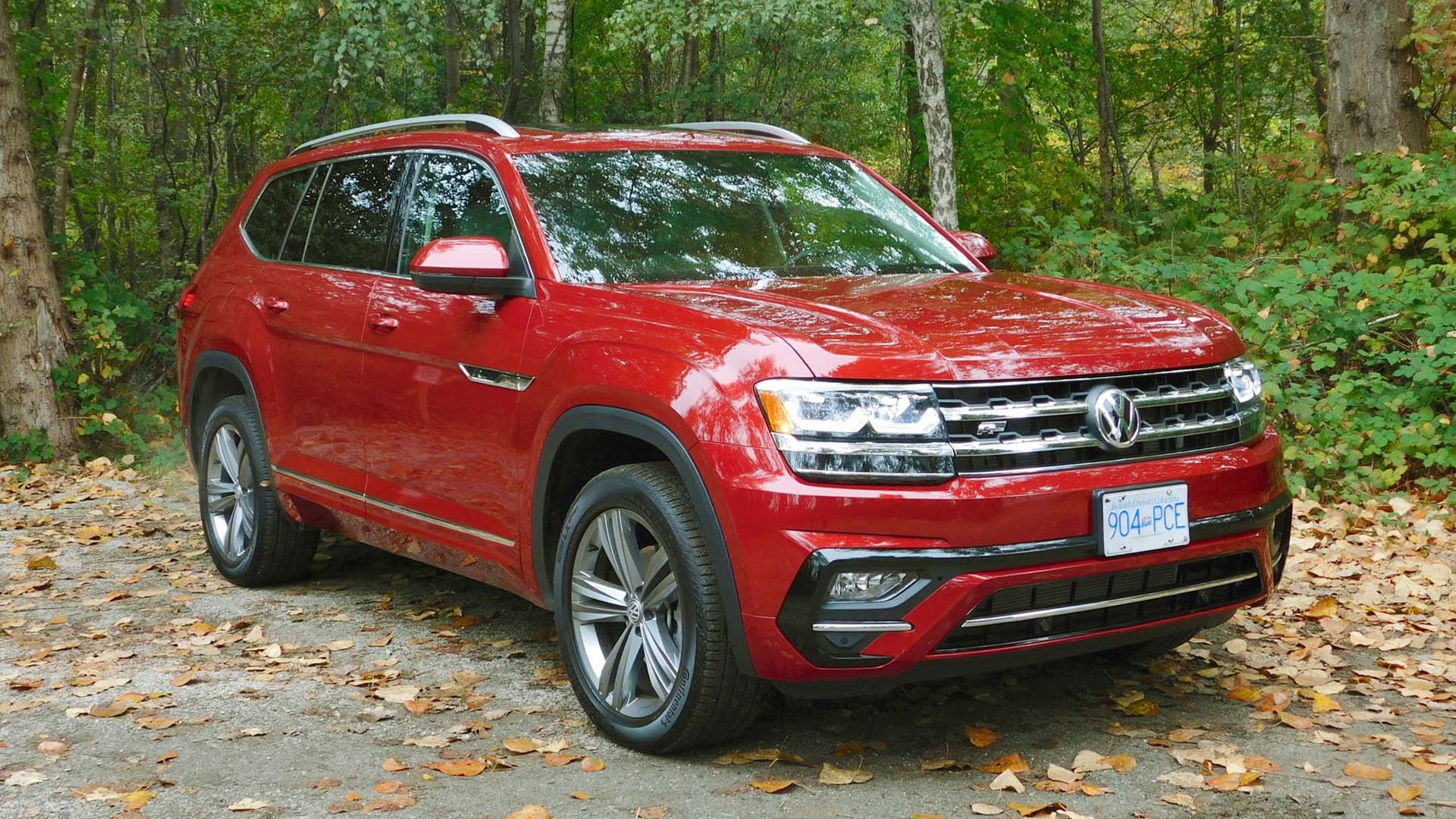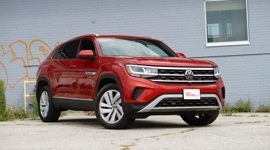Enthusiasts love Volkswagen for cars like the Golf GTI, but like virtually all automakers, the company’s bestsellers are SUVs.
That includes the brand's biggest, with the 2024 Volkswagen Atlas receiving a major refresh heading into its seventh year of existence. It comes in a conventional body style with three rows of seats, and as the two-row Atlas Cross Sport. They’re the same vehicle, with similar overall dimensions, exterior and interior styling, and mechanical specifications. It basically comes down to how many people you need to fit inside.
The Atlas debuted for 2018, with the Cross Sport joining it two years later; both are built at Volkswagen’s facility in Tennessee. It was popular from the start, but a major part of this makeover involves the cabin, which had a plastic-heavy interior that didn’t exactly live up to expectations.
New Power
The outgoing Atlas and Cross Sport used a turbocharged 2.0L four-cylinder engine in their lower trims, making 235 hp; plus there was a 3.6L V6 that made 276 hp, but it didn’t always feel all that powerful. Both are now retired in favour of a new 2.0L turbo four that makes 269 hp and 273 lb-ft of torque, with an eight-speed automatic transmission. The chassis is unchanged, and all-wheel drive (AWD) is standard in Canada.
The new engine is smaller than the V6 but more satisfying to drive. It’s peppy off the line, and with a wide torque band – it delivers that peak 273 lb-ft from 1,600 to 4,500 rpm – it has sufficient passing power at higher speeds, but it’s smooth and refined for city driving. Maximum towing capacity is unchanged at 2,267 kg (5,000 lb). Natural Resources Canada (NRCan) rates its combined city/highway efficiency between 10.8 and 11.5 L/100 km for the Atlas, depending on trim, and 10.8 for the Cross Sport, all on regular-grade gasoline.
The chassis is unchanged, but it worked well enough before that any tweaks weren’t necessary; and the perkier new engine makes it feel a bit more agile. Most of this drive was in the Cross Sport, along winding roads through New York’s Catskill Mountains. The ride is comfortable, and the steering is light for easy manoeuvring in traffic and parking lots, but tightens up at higher speeds for confidence. The Cross Sport takes curves with less body roll than expected. The three-row Atlas is heavier by 72 kg (160 lb), and the back end tends to lean out a bit more on sharper turns, but it’s still well within what you’d expect in a larger sport-utility. And overall, both the Atlas and Cross Sport feel smaller than they are.
Refreshed to a Fault
Exterior changes include a larger and more upright grille flanked by stacked headlights; revised rear styling with full-width lights, and new wheel designs. There’s also a new Peak Edition, which has a rugged-ish look with 18-inch black wheels, all-terrain tires, and black and silver body cladding, but without any off-road suspension changes. It’s only offered on the Atlas, although Volkswagen reps hinted at “never say never” for the Cross Sport.
The cabin gets a considerable overhaul. There are more soft-touch materials throughout, and the second row, previously heavy on hard plastic, is now trimmed to match the area up front. The redesigned dash features a backlit pattern on the passenger side that’s invisible in daylight but illuminates with ambient lighting. The new electronic shifter allows for a “floating” console with a large open storage bin under it. Heated and ventilated front seats are standard, and quilted leather upholstery is available.
The previous eight-inch centre screen is replaced in all trims with a 12-inch tablet-style touchscreen, along with a 10.25-inch digital instrument cluster. Wireless phone connectivity and charging are standard, and up to eight USB-C ports are available, with 45-watt fast-charging. A port near the mirror lets you plug in a dash cam without the wire hanging down.
But while the larger centre screen looks great, it’s where the Atlas and Cross Sport fall flat. The previous buttons and dials are gone, and while the design is clean and crisp without them, everything is now frustratingly difficult and distracting to operate. The temperature and stereo volume controls are tiny, touch-sensitive spots below the screen that are hard to find and use. A hard-to-see haptic controller tucked below the dash activates some of the screen menus, including climate, but that’s an extra distracting step. Volkswagen’s infotainment system has never been the most intuitive to operate, and these controls just make it that much more frustrating.
A Pricey Proposition
The three-row Atlas starts with the Comfortline at $52,045, including a non-negotiable delivery fee of $2,050; among its features are rain-sensing wipers, adaptive LED headlights, wireless charger, heated and ventilated front seats, and a power tailgate. The Peak Edition adds the appearance items to that for $56,045 before tax. The Highline, at $59,045, adds such items as a panoramic sunroof, premium sound system, heated second-row seats, and integrated navigation. The top Execline R-Line, at $62,045, includes a head-up display, 360-degree camera views, and power-folding mirrors.
The two-row Atlas Cross Sport comes in three trims that match its sibling's content, with the Comfortline at $50,945; the Highline at $57,945; and the Execline R-Line at $60,945. The 2024 models are scheduled to go on sale in August 2023.
Final Thoughts
Overall, the 2024 Volkswagen Atlas and Atlas Cross Sport are better-looking and more pleasant to drive, comfortable and roomy, and comes with a number of fancy features as standard equipment. It faces tough competition in the segment, and that infotainment system is annoyingly complicated, but it should continue its position as one of Volkswagen Canada’s top sellers.
